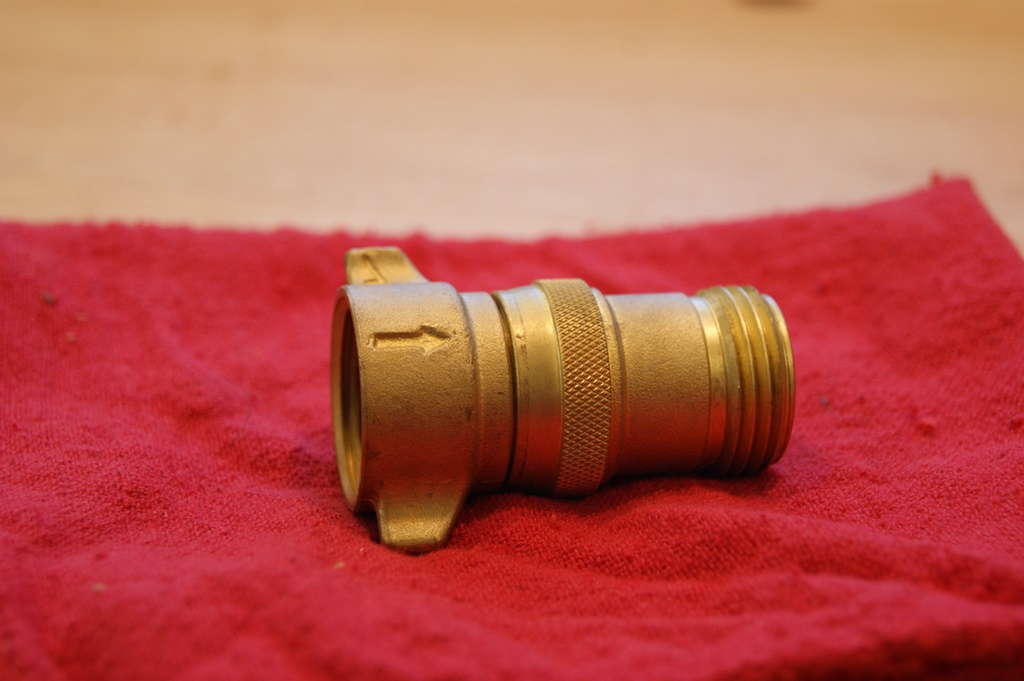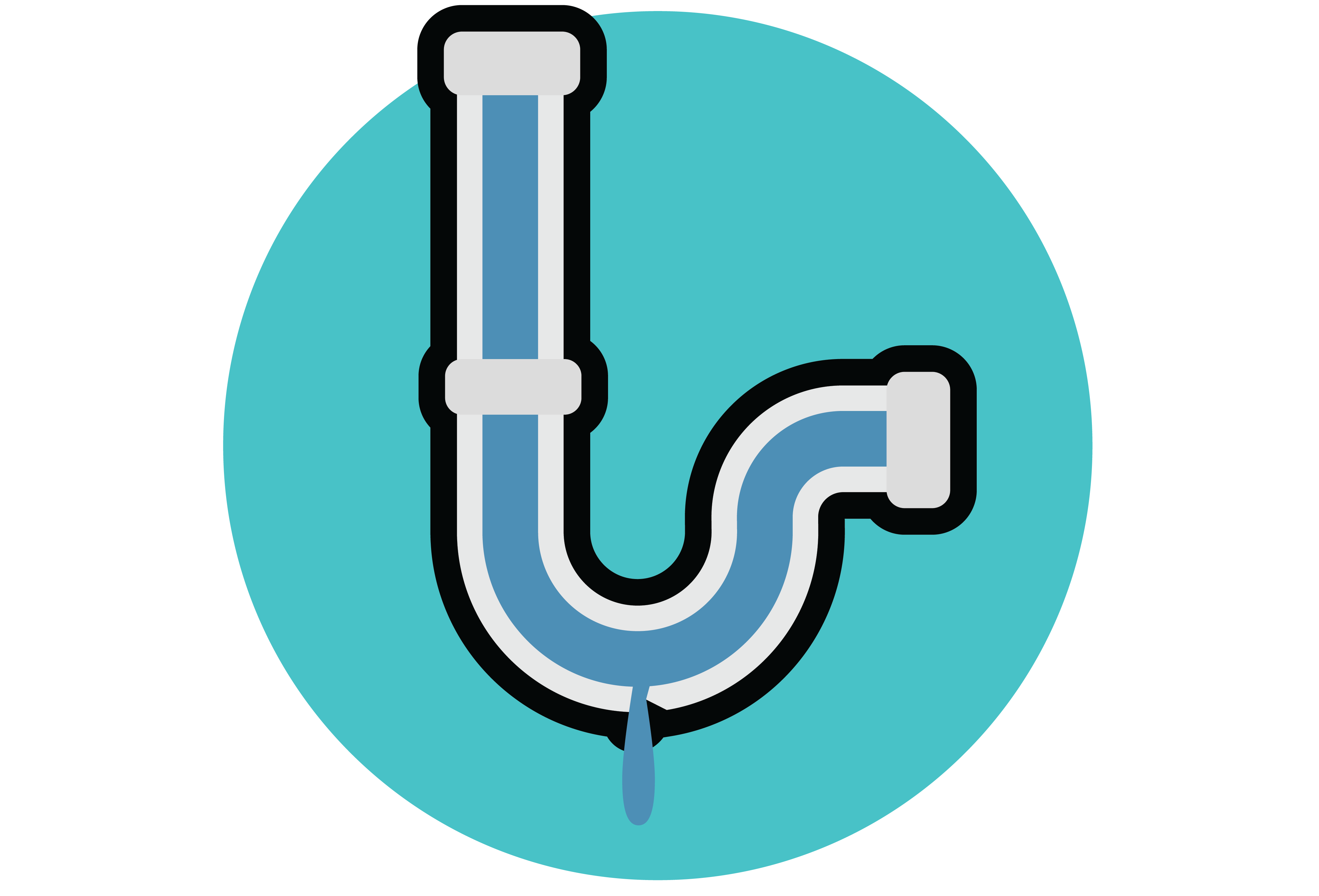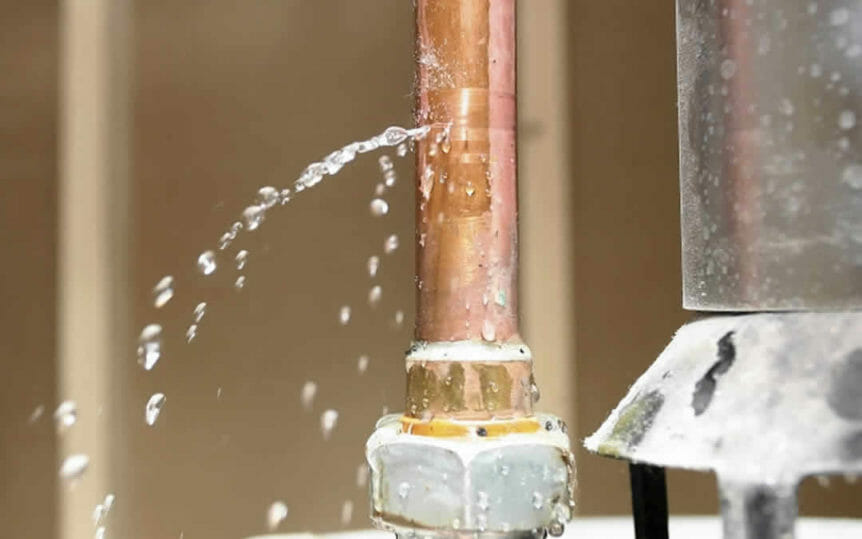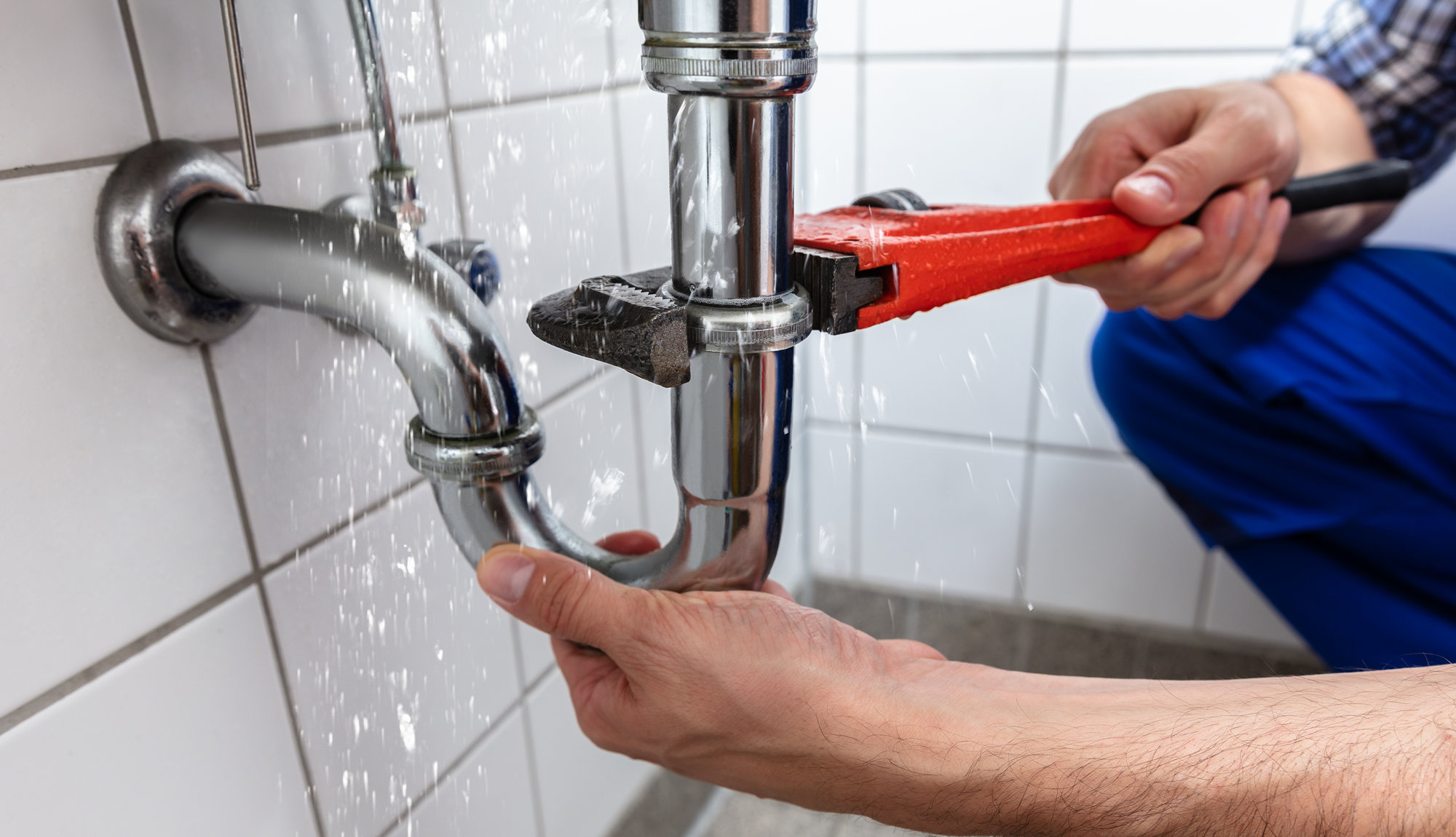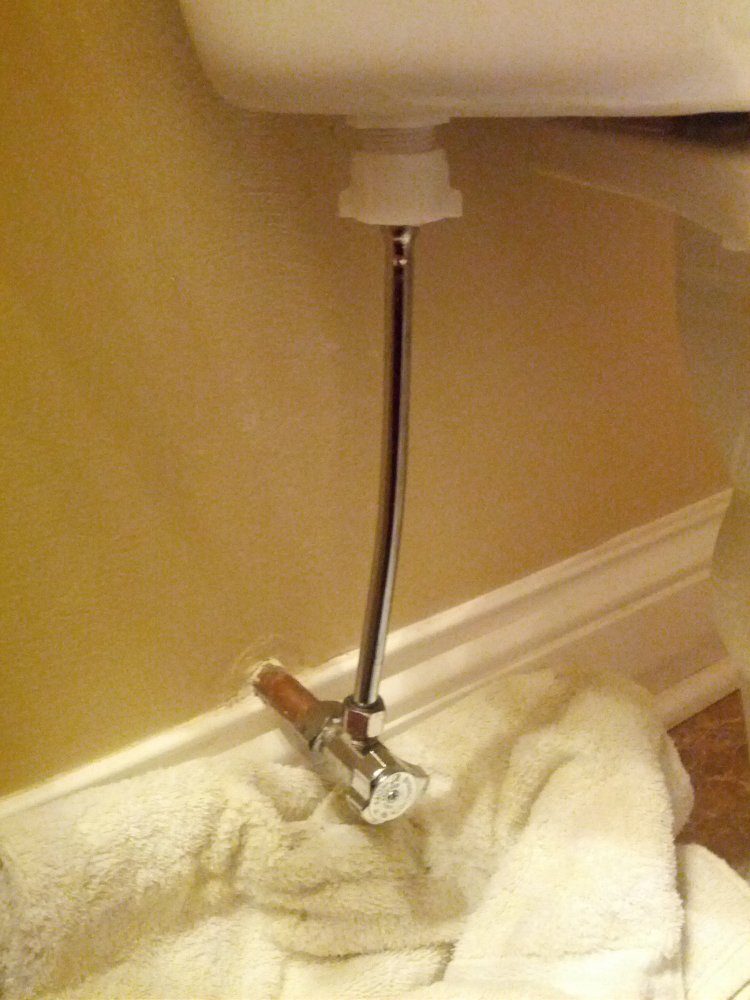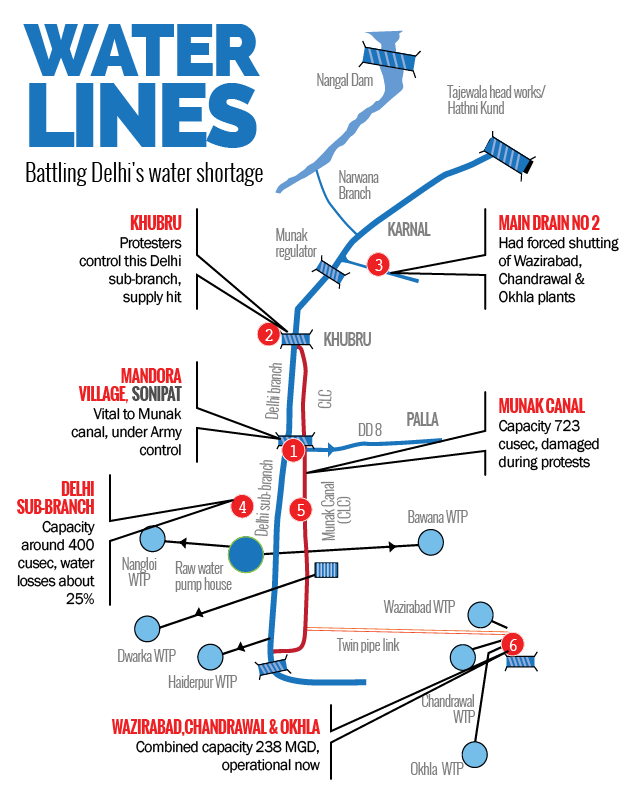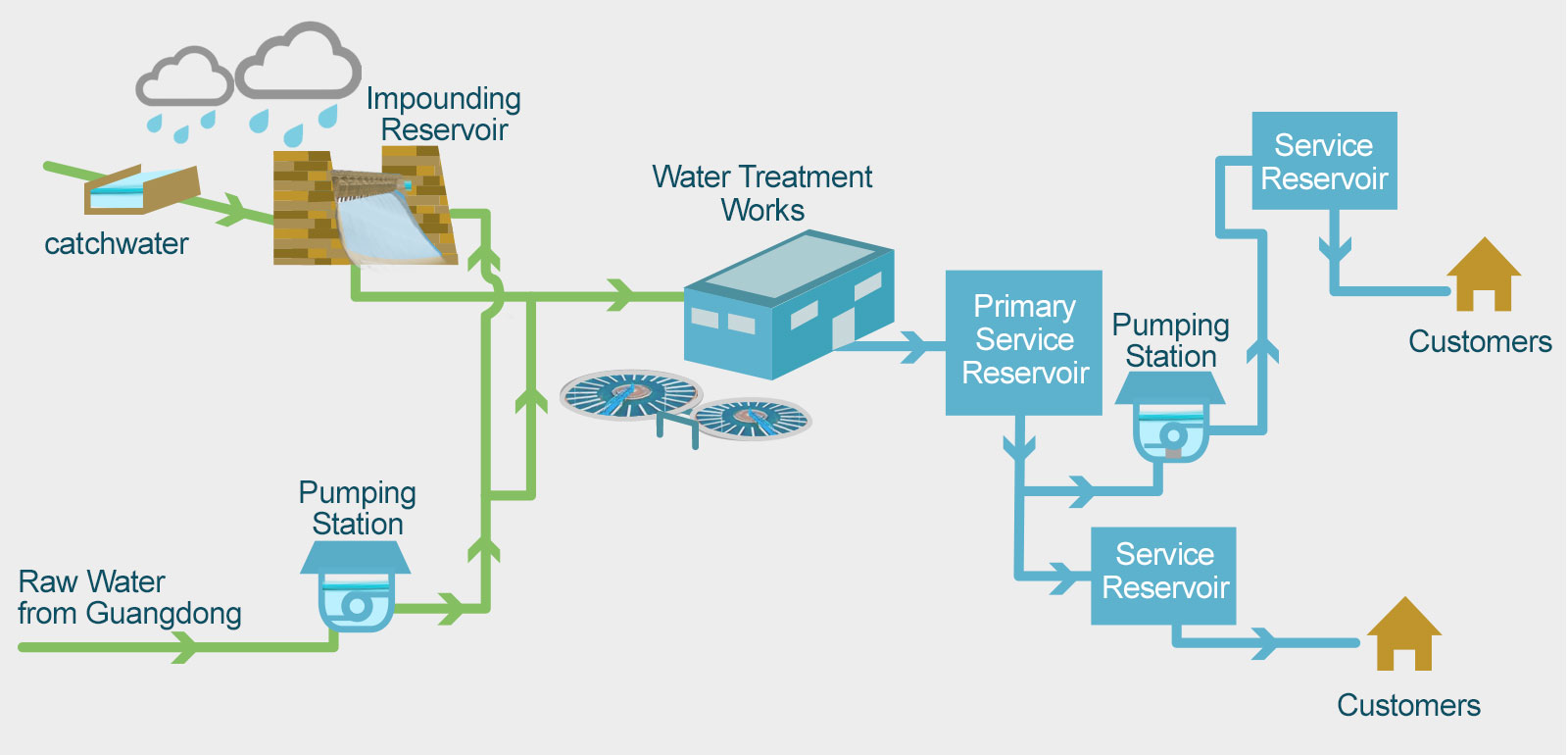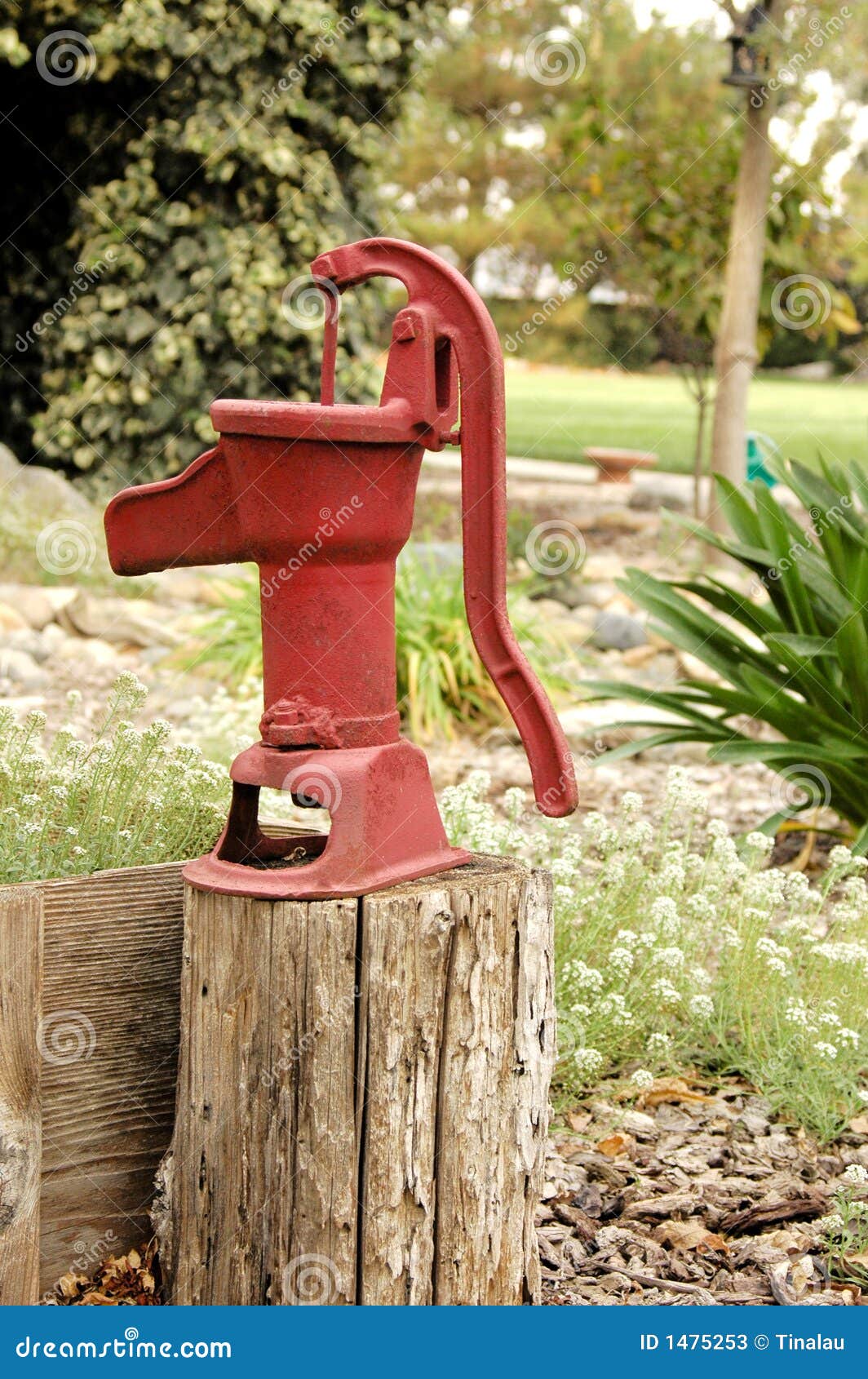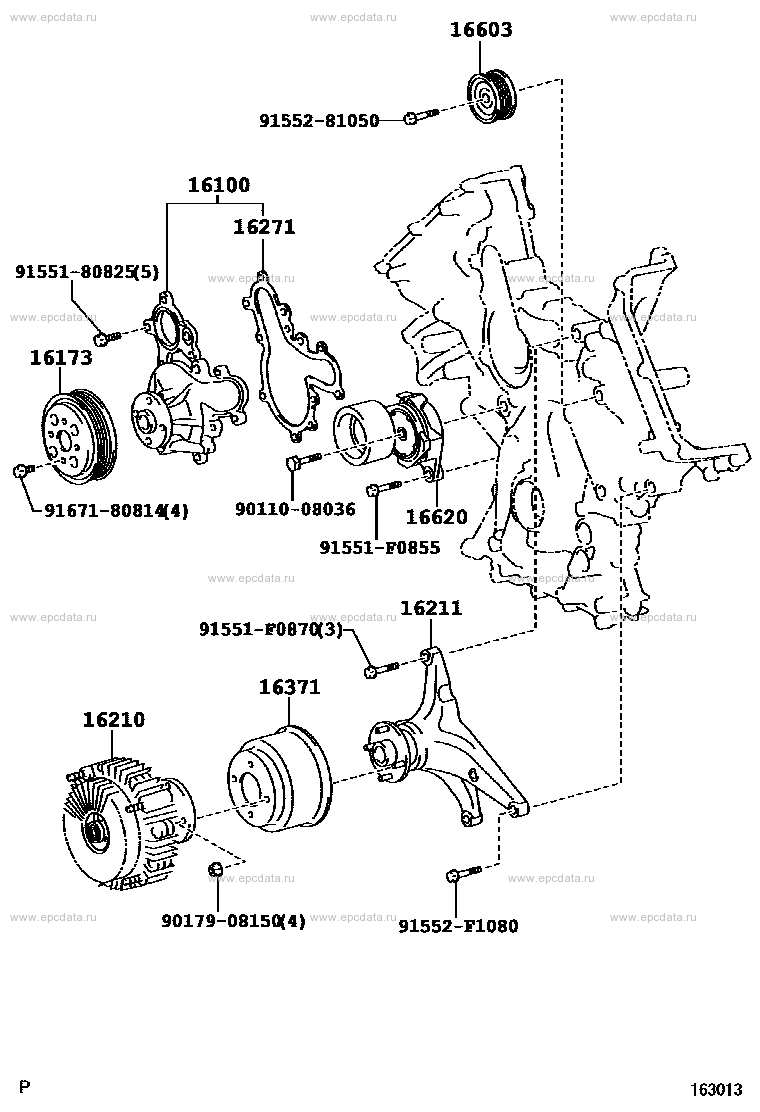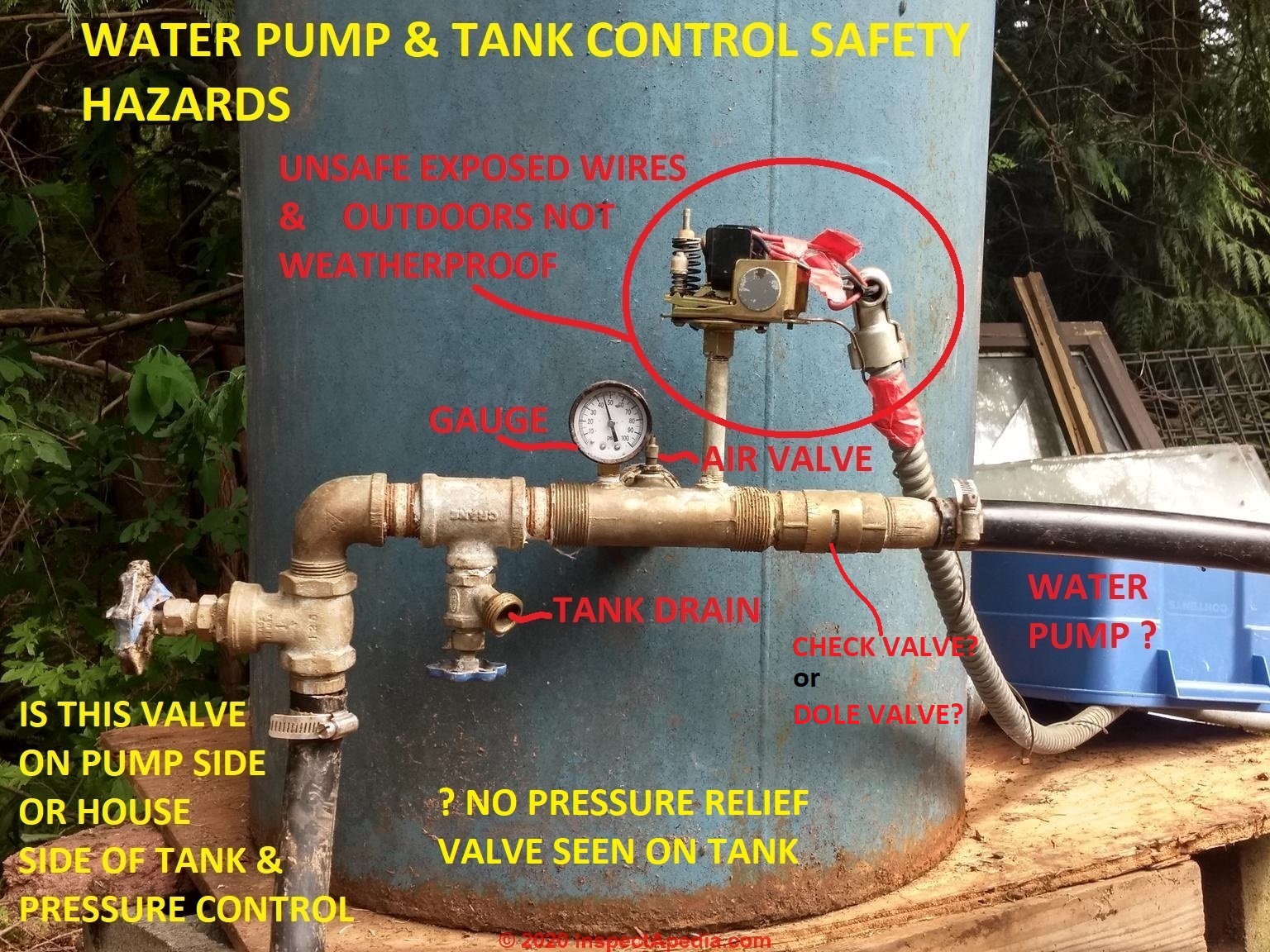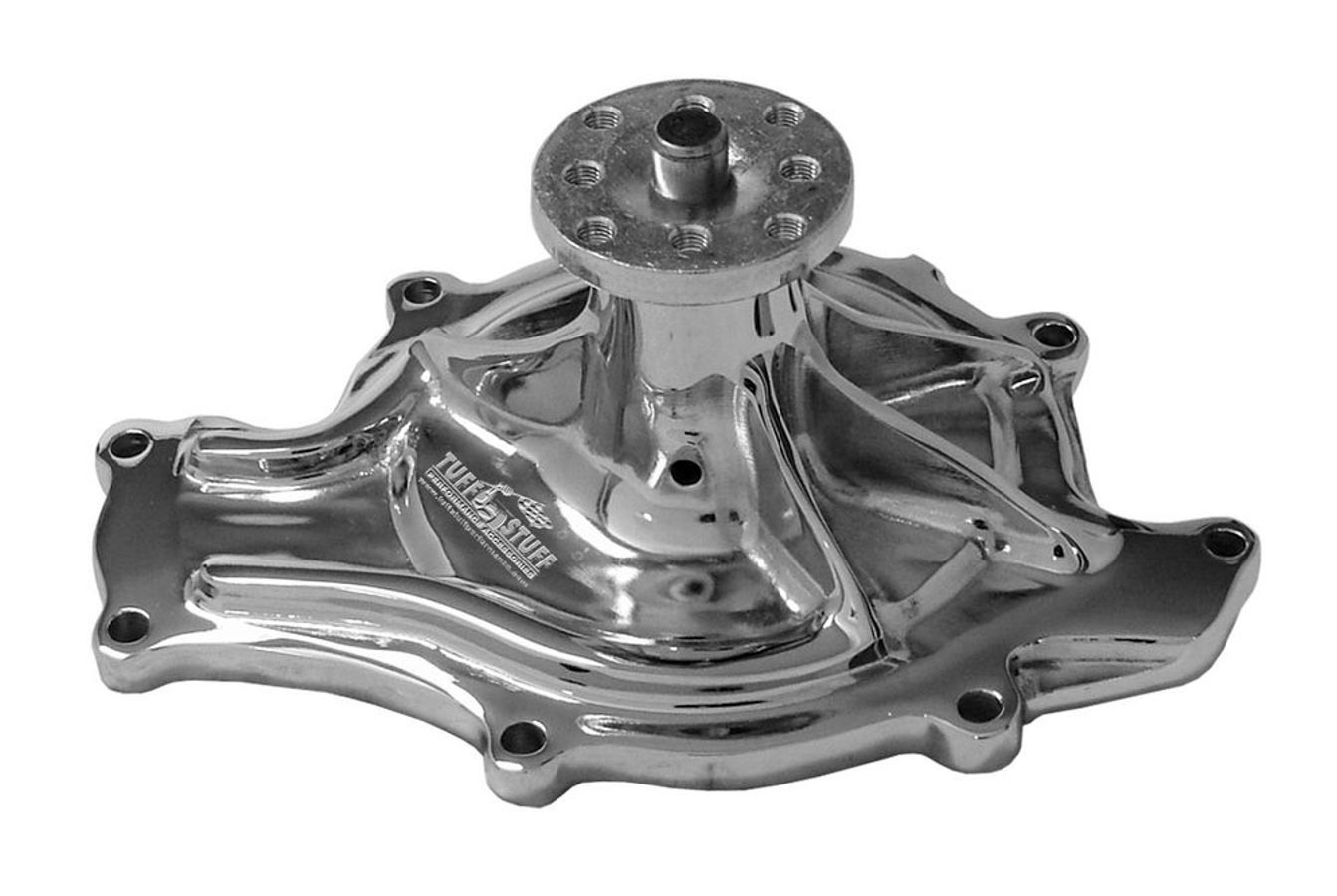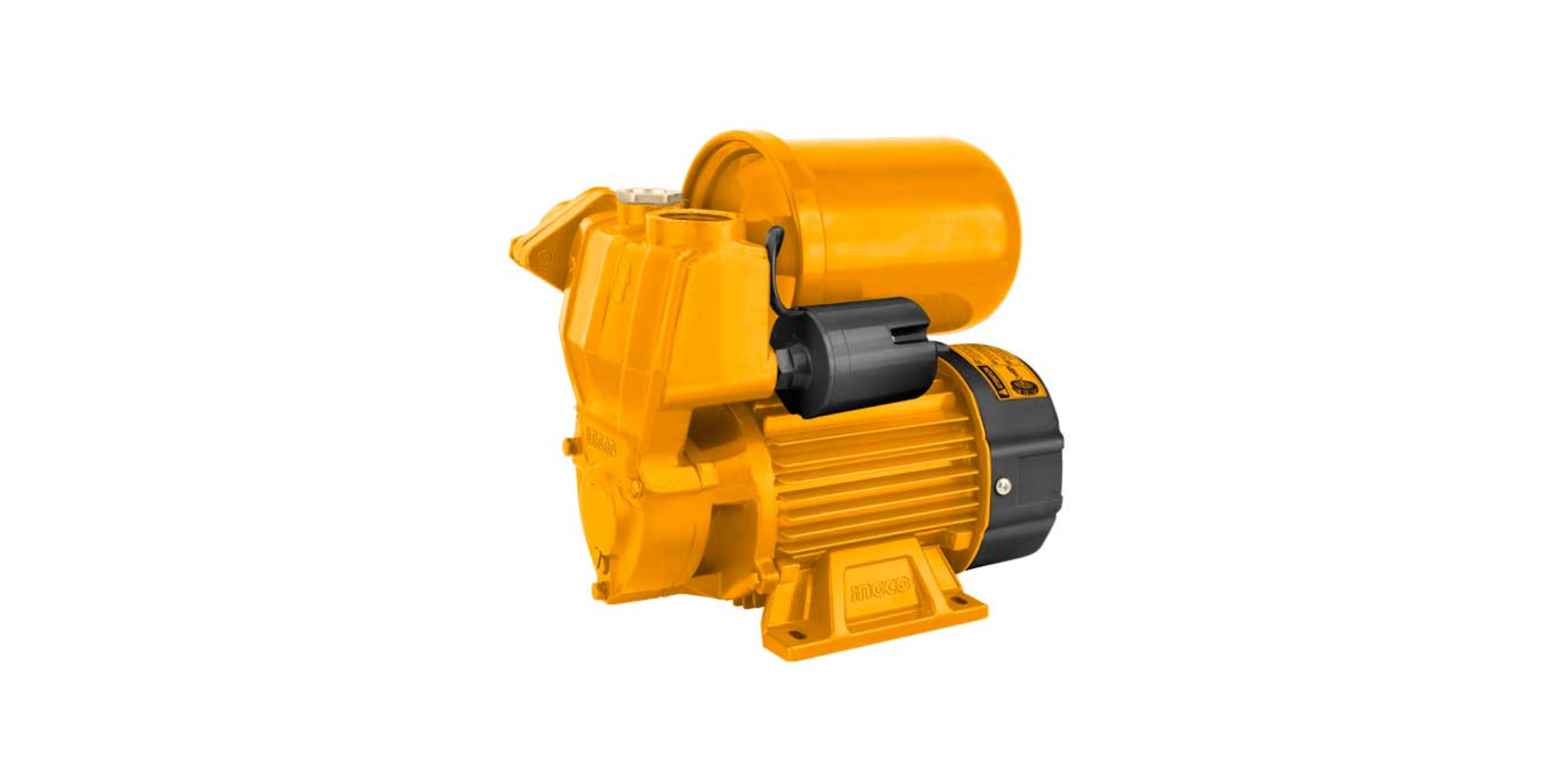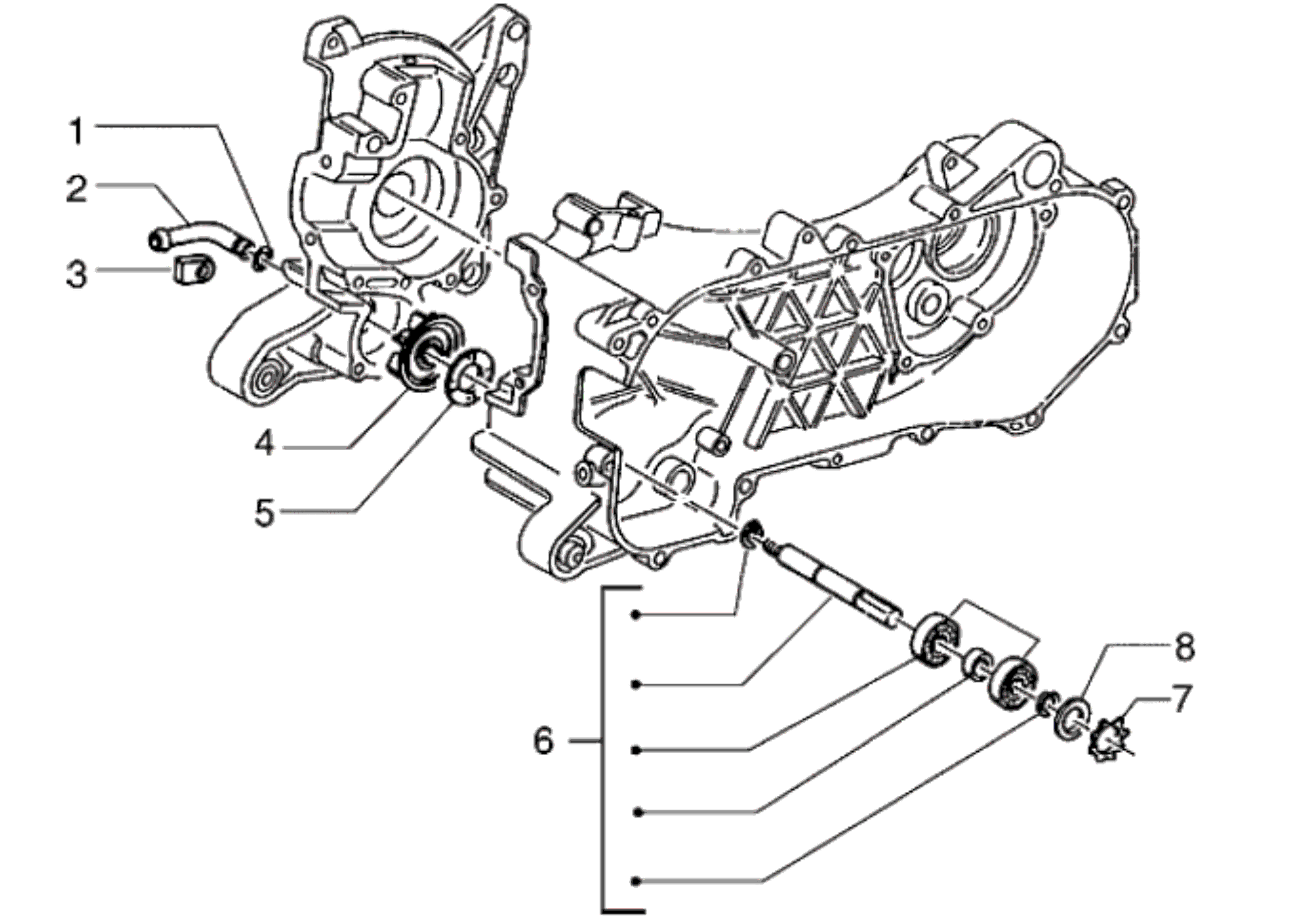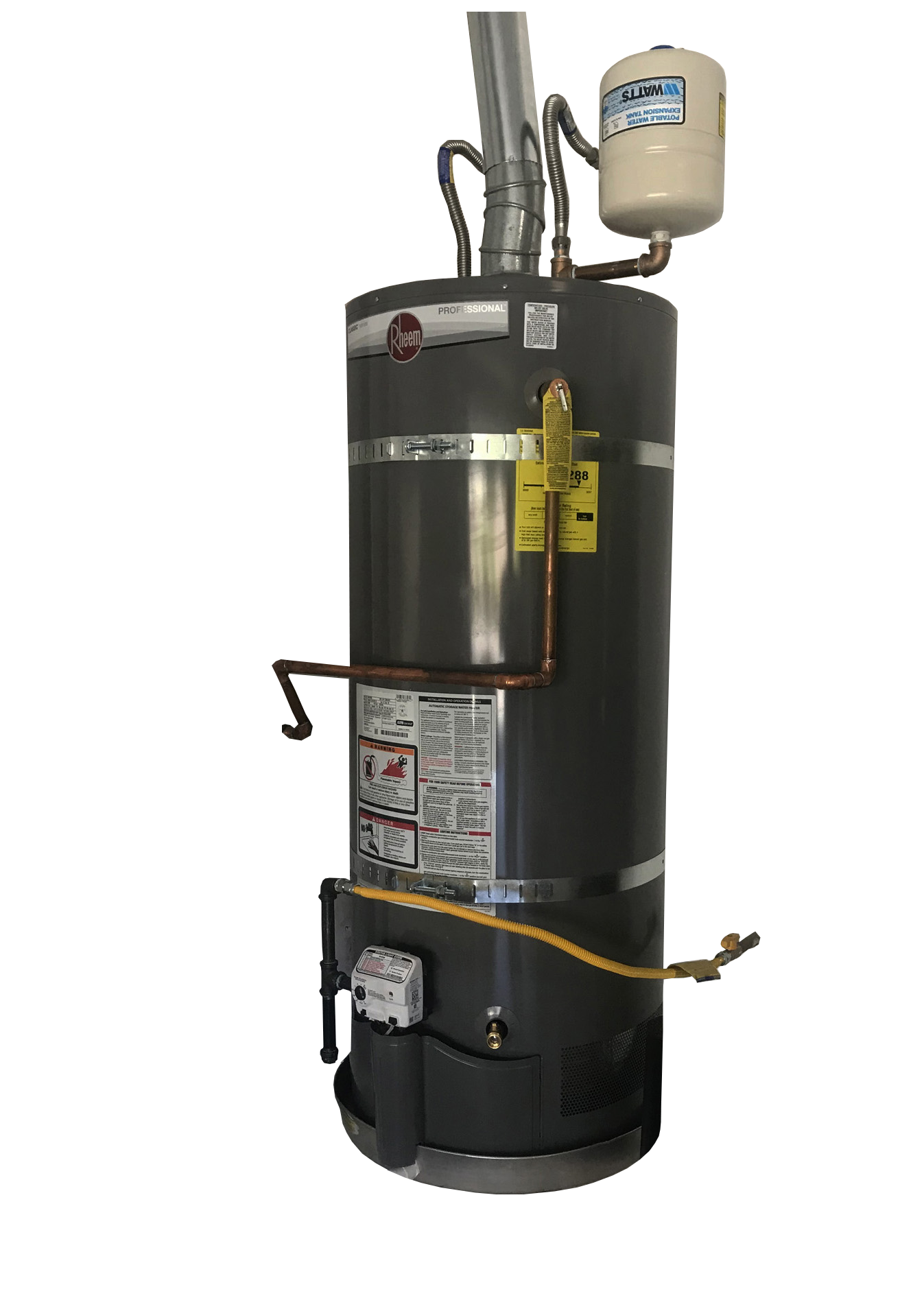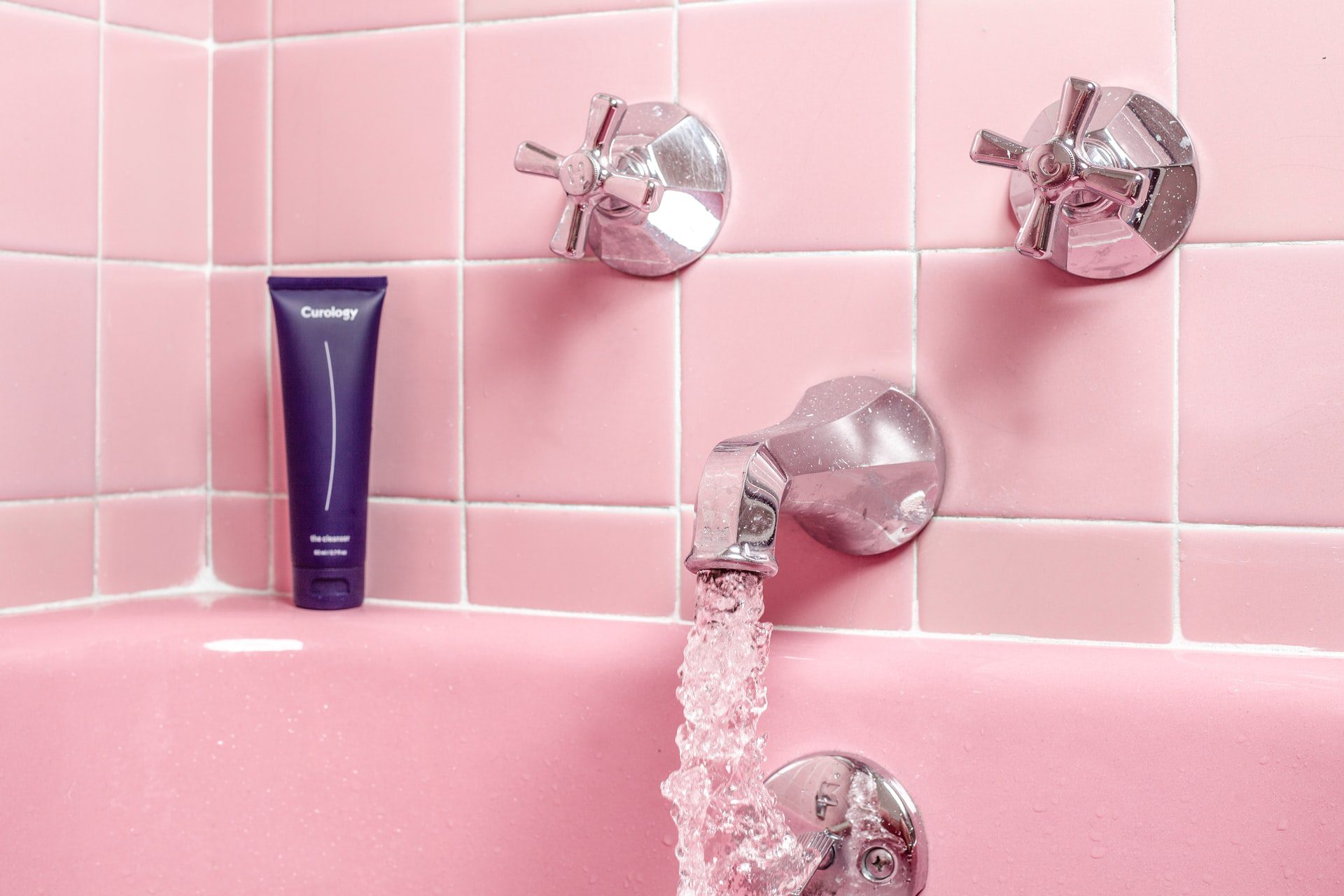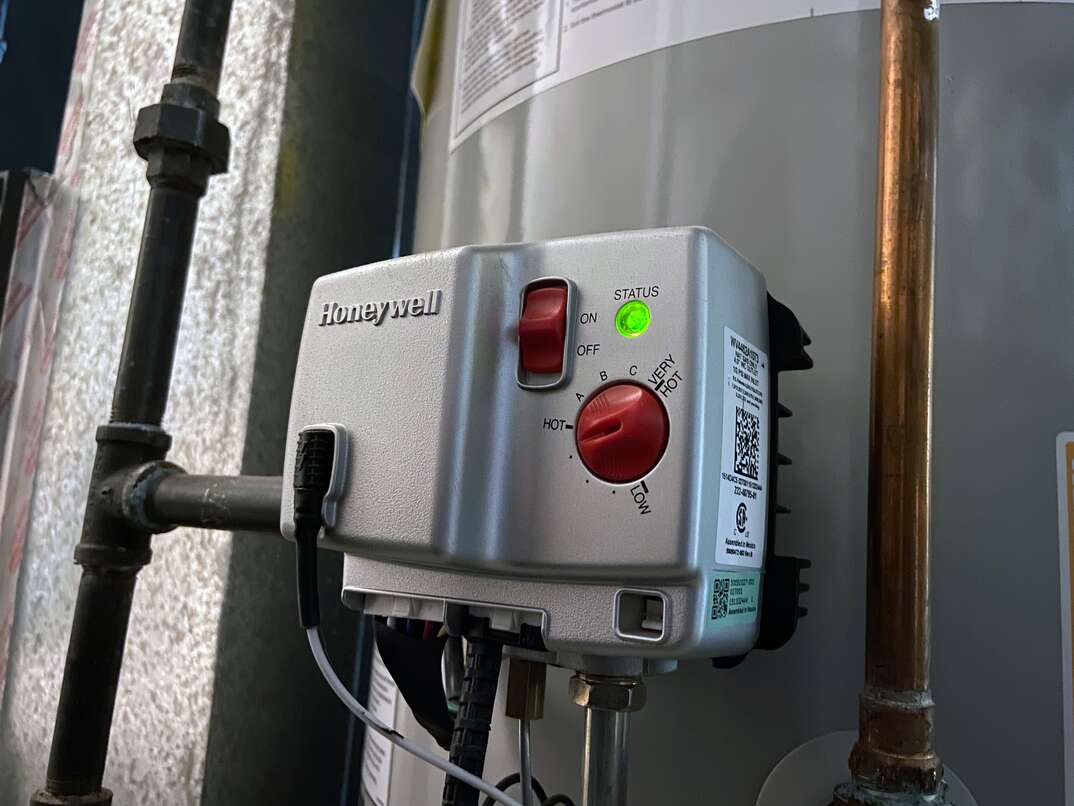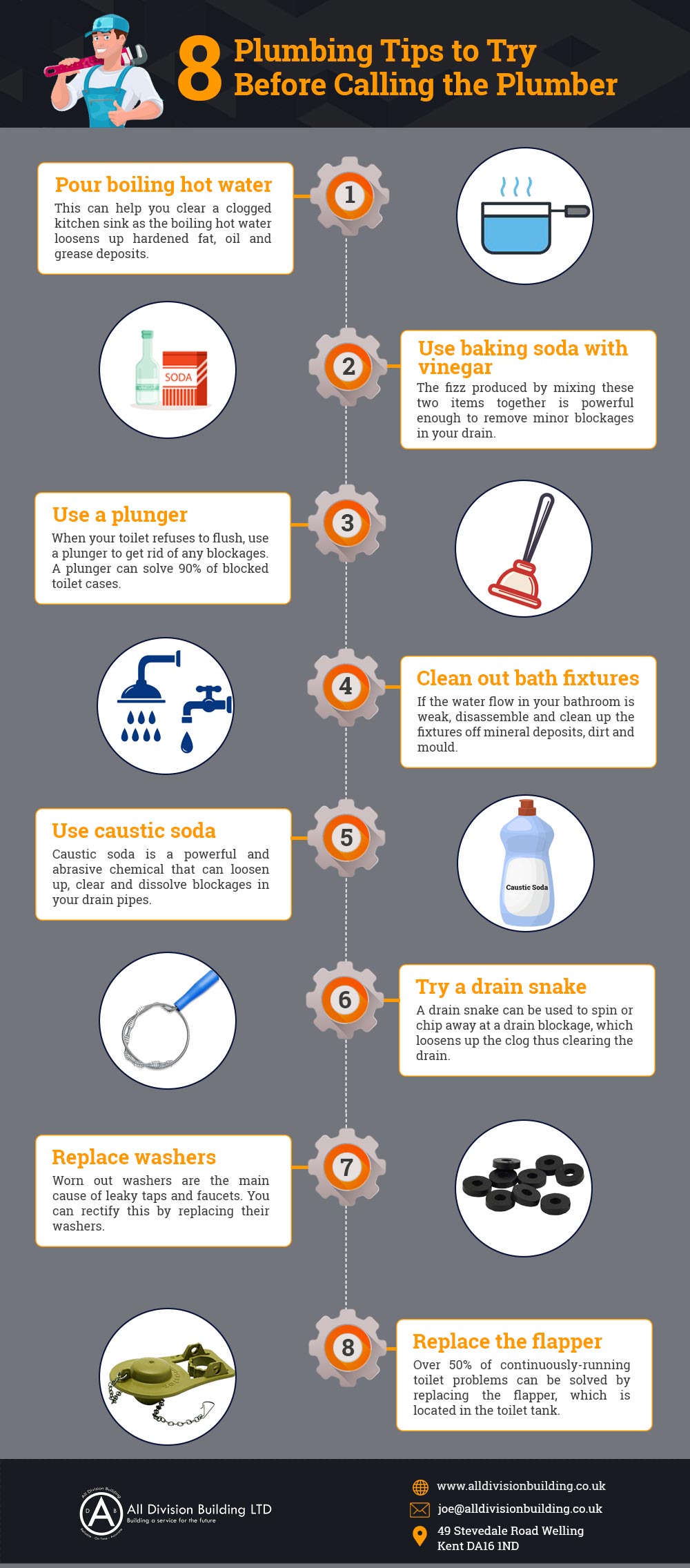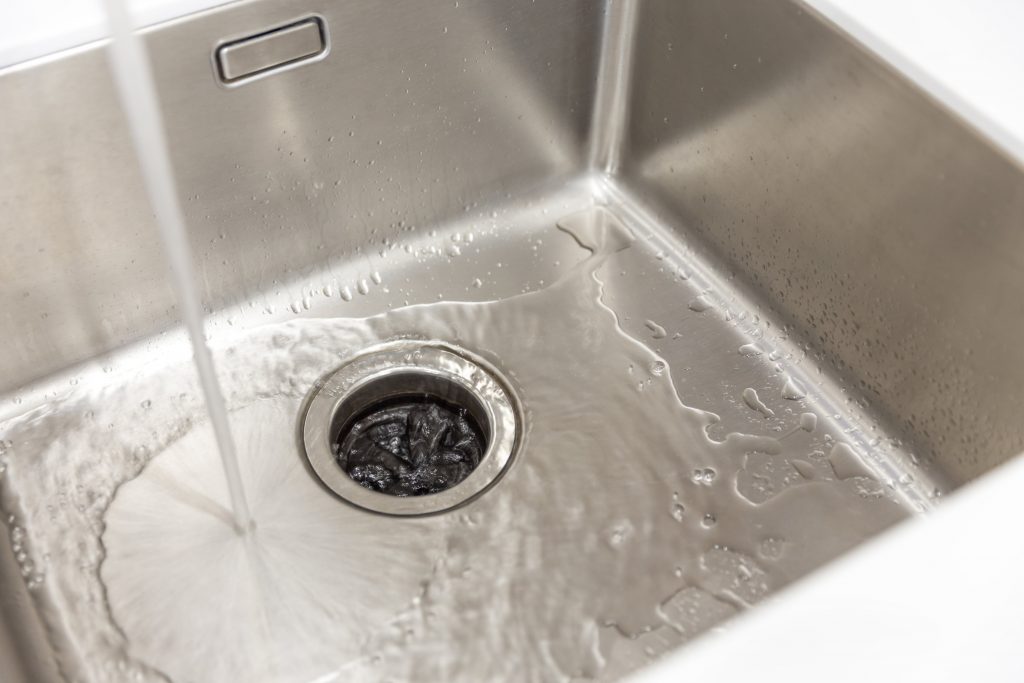If you're experiencing low water pressure in your kitchen sink, the first thing you should check is the aerator. It's a small attachment at the end of the faucet that mixes air with the water to create a smooth flow. Over time, mineral deposits and debris can build up in the aerator, causing it to clog and restrict water flow. To check, simply unscrew the aerator from the faucet and inspect it for any buildup.1. Check the aerator
If you find that the aerator is clogged, it's important to clean it thoroughly. Soak the aerator in a mixture of equal parts water and white vinegar for about an hour. Then, use a small brush or toothpick to remove any remaining sediment or debris. Rinse the aerator and screw it back onto the faucet. This should improve the water pressure in your kitchen sink.2. Clean the aerator
If the aerator is not the problem, the next step is to check the water shut-off valves. These valves control the flow of water into your home and can often become partially closed, leading to low water pressure. Make sure that the valves are fully open and not partially closed. If they are partially closed, turn them all the way open to see if that helps improve the water pressure.3. Check the water shut-off valves
If the above steps don't improve the water pressure, there may be a clog in the pipes. This is a common issue, especially in older homes. To check for clogs, turn off the water supply and disconnect the pipes under the sink. Use a plumber's snake or a bent wire hanger to remove any debris or buildup from the pipes. Reconnect the pipes and turn the water supply back on. This should help improve the water pressure in your kitchen sink.4. Check for clogs in the pipes
Another potential cause of low water pressure is a faulty water pressure regulator. This device is responsible for maintaining a consistent water pressure throughout your home. If it is not functioning properly, it can lead to low water pressure in certain areas, such as your kitchen sink. If you suspect a faulty water pressure regulator, it's best to call a professional plumber for assistance.5. Check the water pressure regulator
A leak in your plumbing system can also cause low water pressure. Even a small leak can lead to a significant decrease in water pressure. To check for leaks, turn off all water sources in your home and check the water meter. If the meter is still running, it indicates a leak in your pipes. It's important to address leaks as soon as possible to prevent further damage and improve water pressure.6. Check for leaks in the pipes
If your kitchen sink is the only area experiencing low water pressure, the issue may be with the water supply line. The supply line brings water into your home from the main water line. If it is damaged or clogged, it can cause low water pressure. Inspect the water supply line for any signs of damage or buildup and replace it if necessary.7. Check the water supply line
If you have a well on your property, a malfunctioning water pump can be the culprit for low water pressure. The water pump is responsible for bringing water from the well into your home. If it is not functioning properly, it can lead to low water pressure. A professional plumber can inspect and repair the water pump to improve the water pressure in your kitchen sink.8. Check the water pump
In some cases, the water heater can also be the cause of low water pressure. If the water heater is not functioning properly, it can affect the flow of water throughout your home. Check the temperature setting on your water heater and make sure it is set to the appropriate level. If the water heater is old or damaged, it may be time to replace it for better water pressure.9. Check the water heater
If you've tried all the above steps and are still experiencing low water pressure in your kitchen sink, it's best to call a professional plumber for assistance. They have the expertise and tools to diagnose and fix any underlying issues that may be causing the low water pressure. Don't hesitate to call for help as low water pressure can be a sign of a larger plumbing issue that needs to be addressed promptly. Don't let low water pressure in your kitchen sink inconvenience you any longer. By following these tips and seeking professional help when needed, you can improve the water pressure and enjoy a steady flow of water in your daily tasks.10. Call a plumber for professional help
Understanding Water Pressure in Your Kitchen Sink

The Importance of Water Pressure in Your Kitchen Sink
 Water pressure
is an essential aspect of any household, especially in the kitchen. It is the force that pushes water through the pipes and into your faucets. Without adequate water pressure, tasks such as washing dishes and filling up pots can become frustrating and time-consuming.
Low water pressure
in your kitchen sink can be caused by a variety of reasons, and it is crucial to address the issue promptly to avoid further inconvenience.
Water pressure
is an essential aspect of any household, especially in the kitchen. It is the force that pushes water through the pipes and into your faucets. Without adequate water pressure, tasks such as washing dishes and filling up pots can become frustrating and time-consuming.
Low water pressure
in your kitchen sink can be caused by a variety of reasons, and it is crucial to address the issue promptly to avoid further inconvenience.
Possible Causes of Low Water Pressure
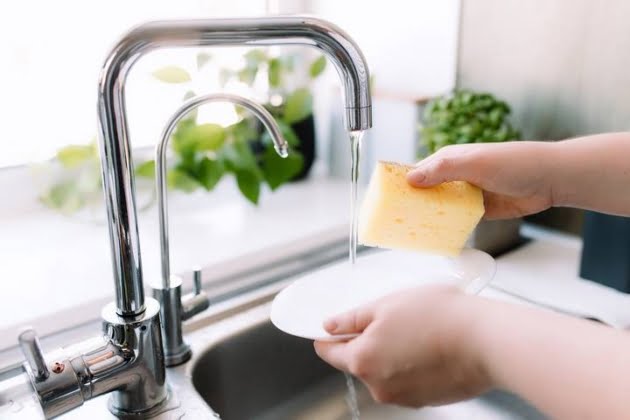 There are several potential causes for
low water pressure
in your kitchen sink. These include clogged or corroded pipes, a faulty pressure regulator, or a problem with the municipal water supply. In some cases, the cause could be as simple as a closed shut-off valve or a partially closed faucet. Identifying the root cause of the problem is crucial in finding a suitable solution.
There are several potential causes for
low water pressure
in your kitchen sink. These include clogged or corroded pipes, a faulty pressure regulator, or a problem with the municipal water supply. In some cases, the cause could be as simple as a closed shut-off valve or a partially closed faucet. Identifying the root cause of the problem is crucial in finding a suitable solution.
Addressing the Issue of Low Water Pressure
 Dealing with low water pressure
in your kitchen sink can be a frustrating experience, but it is not an issue that you have to live with. The first step in addressing the problem is to check all the shut-off valves and faucets in your home to ensure they are fully open. If the issue persists, it may be time to call a professional plumber to inspect your pipes and determine if there is a blockage or corrosion that needs to be addressed.
Dealing with low water pressure
in your kitchen sink can be a frustrating experience, but it is not an issue that you have to live with. The first step in addressing the problem is to check all the shut-off valves and faucets in your home to ensure they are fully open. If the issue persists, it may be time to call a professional plumber to inspect your pipes and determine if there is a blockage or corrosion that needs to be addressed.
Preventing Low Water Pressure
 Maintaining adequate water pressure
in your kitchen sink is essential for the smooth functioning of your household. To prevent
low water pressure
in the future, it is crucial to take preventive measures such as regular maintenance of your pipes and investing in a good quality pressure regulator. Additionally, avoiding putting large food particles or grease down your drain can also help prevent clogs in your pipes.
Maintaining adequate water pressure
in your kitchen sink is essential for the smooth functioning of your household. To prevent
low water pressure
in the future, it is crucial to take preventive measures such as regular maintenance of your pipes and investing in a good quality pressure regulator. Additionally, avoiding putting large food particles or grease down your drain can also help prevent clogs in your pipes.
Conclusion
 In conclusion,
low water pressure
in your kitchen sink is not a problem that you should ignore. It can lead to inconvenience and frustration in your daily tasks, and addressing it promptly is crucial. By understanding the importance of water pressure, identifying possible causes, and taking preventive measures, you can ensure that your kitchen sink always has adequate water pressure for all your needs.
In conclusion,
low water pressure
in your kitchen sink is not a problem that you should ignore. It can lead to inconvenience and frustration in your daily tasks, and addressing it promptly is crucial. By understanding the importance of water pressure, identifying possible causes, and taking preventive measures, you can ensure that your kitchen sink always has adequate water pressure for all your needs.




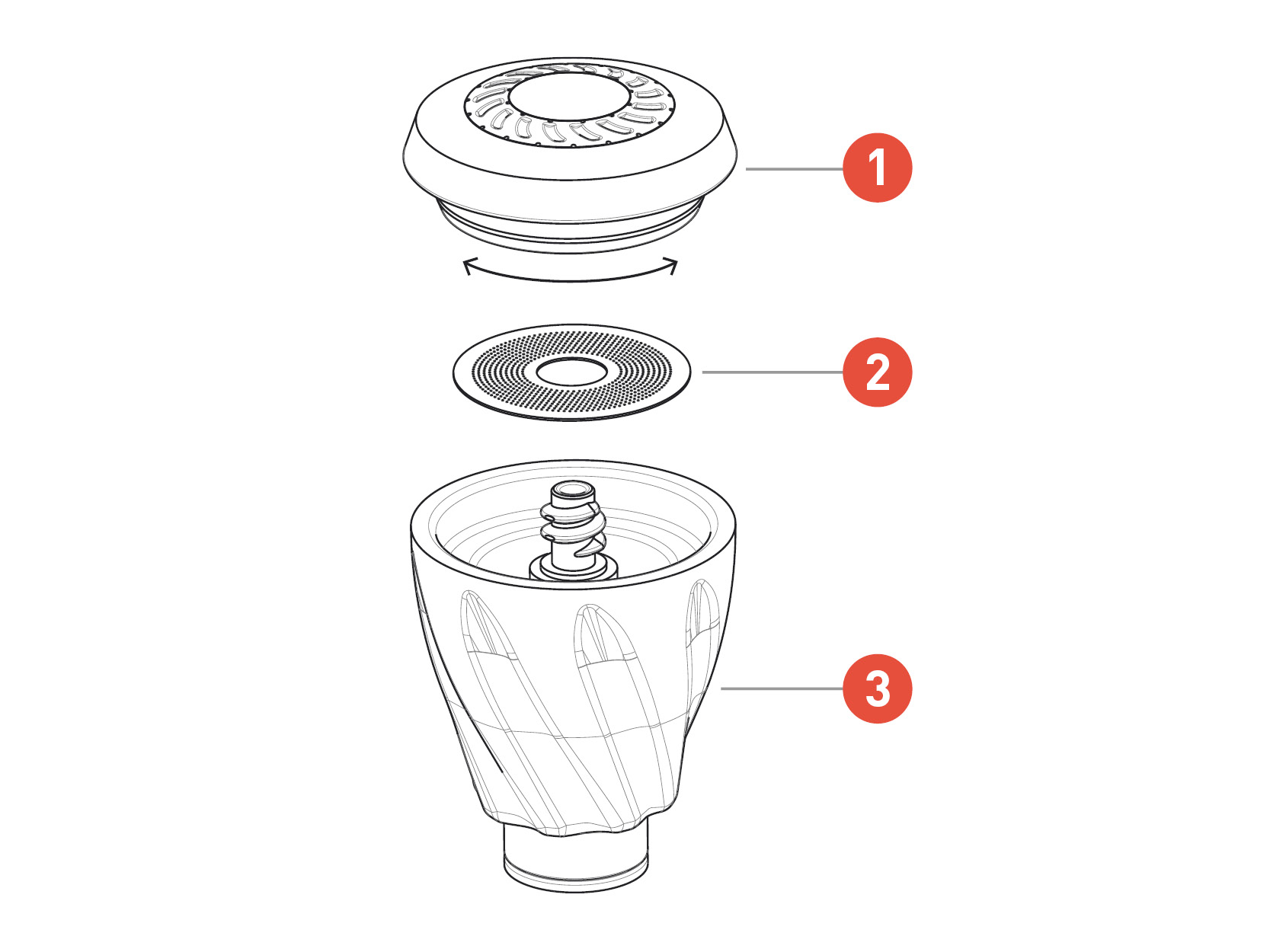

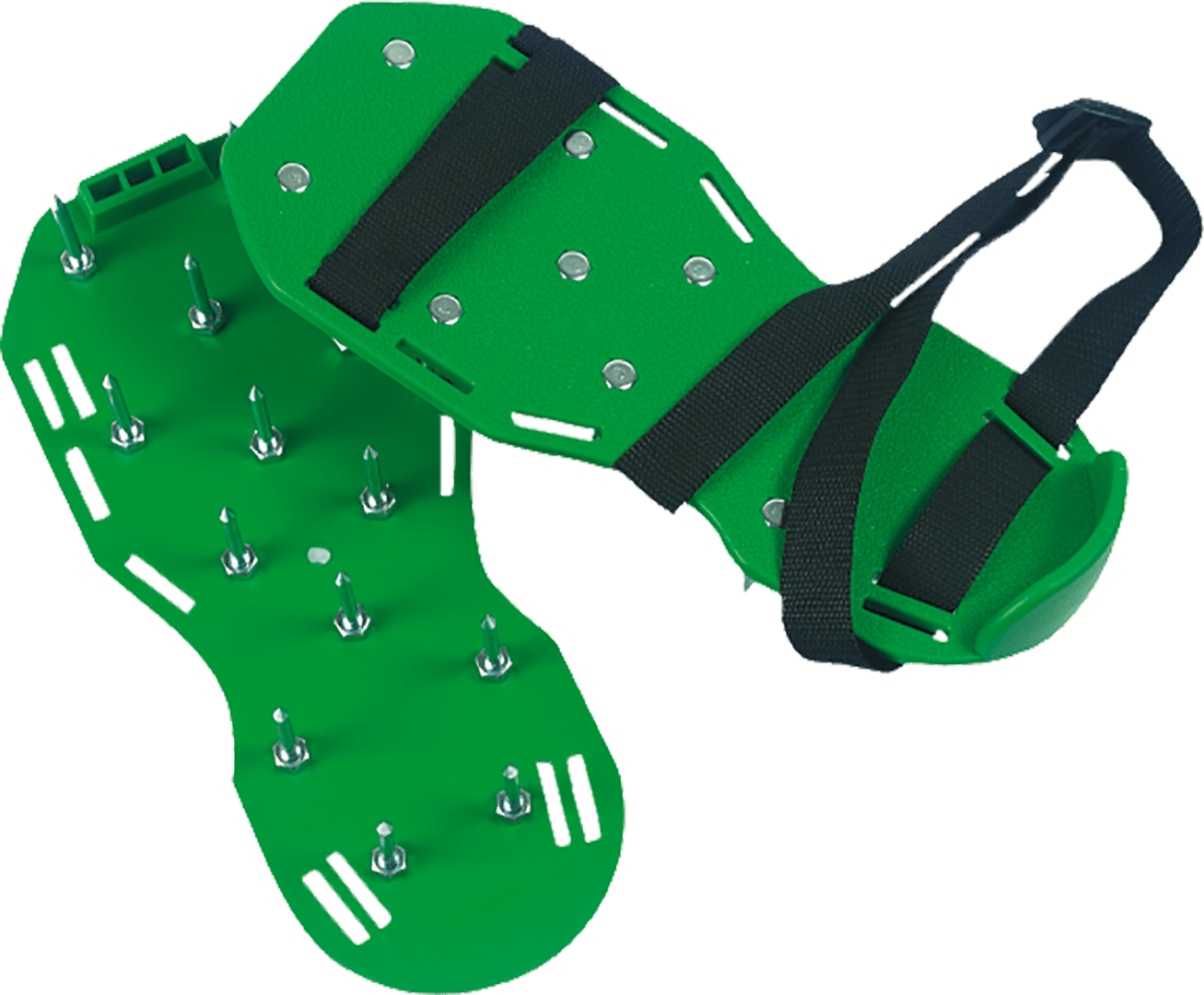



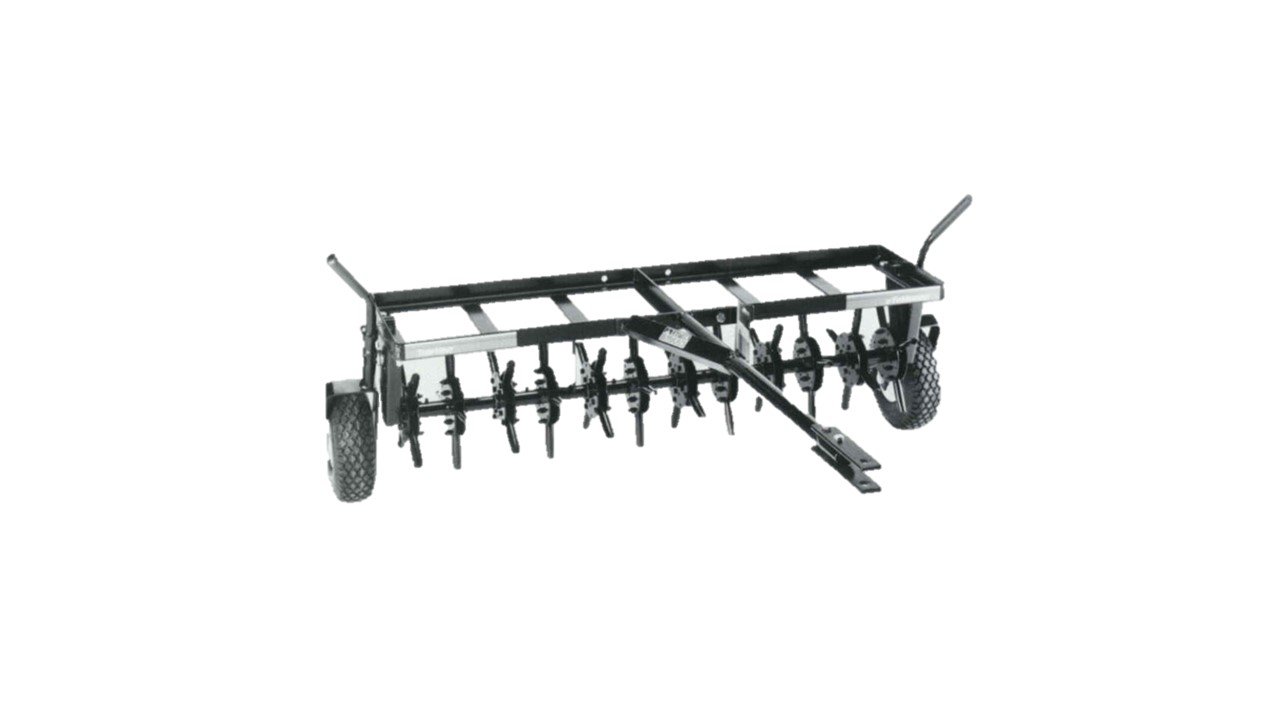
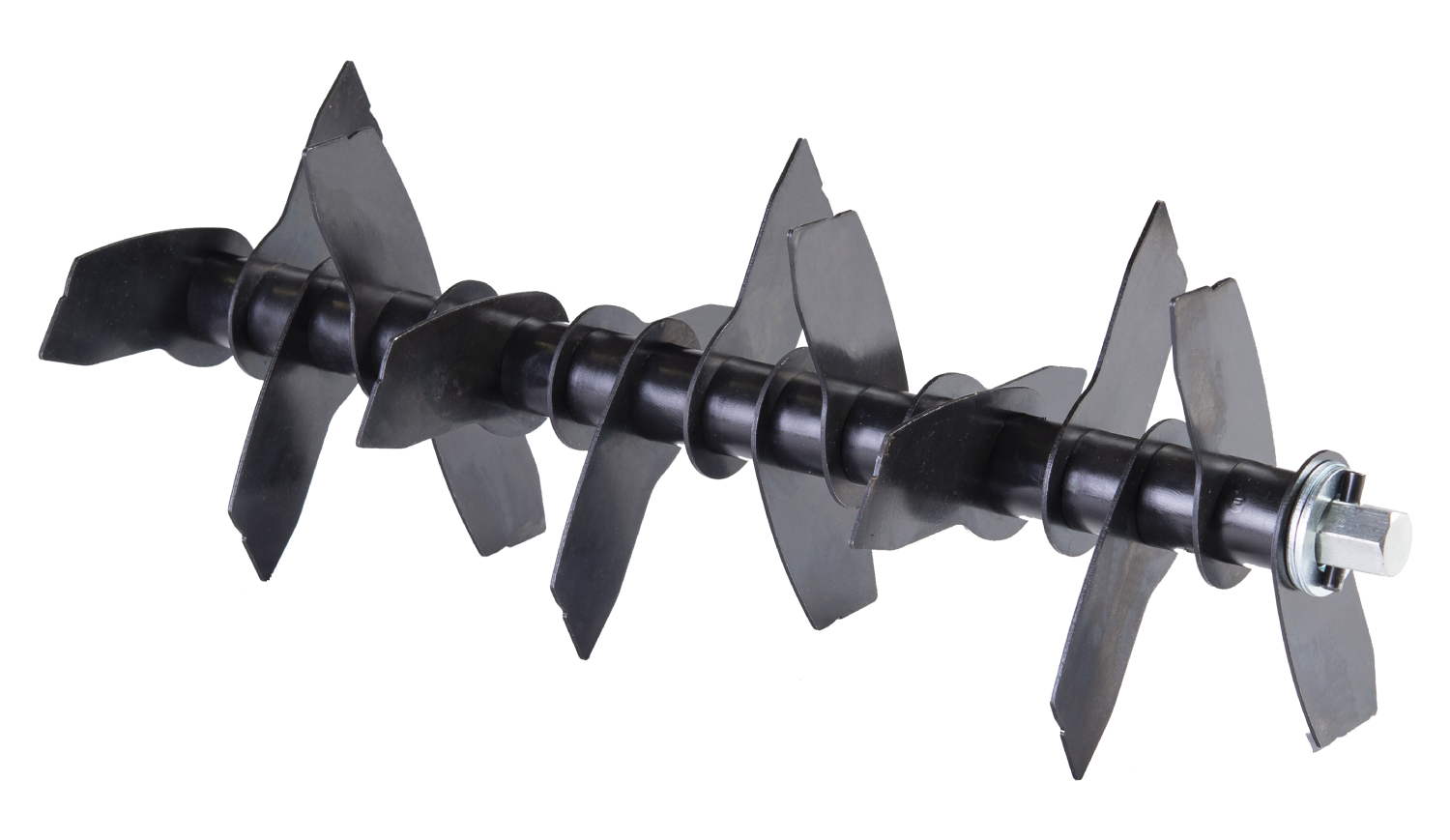

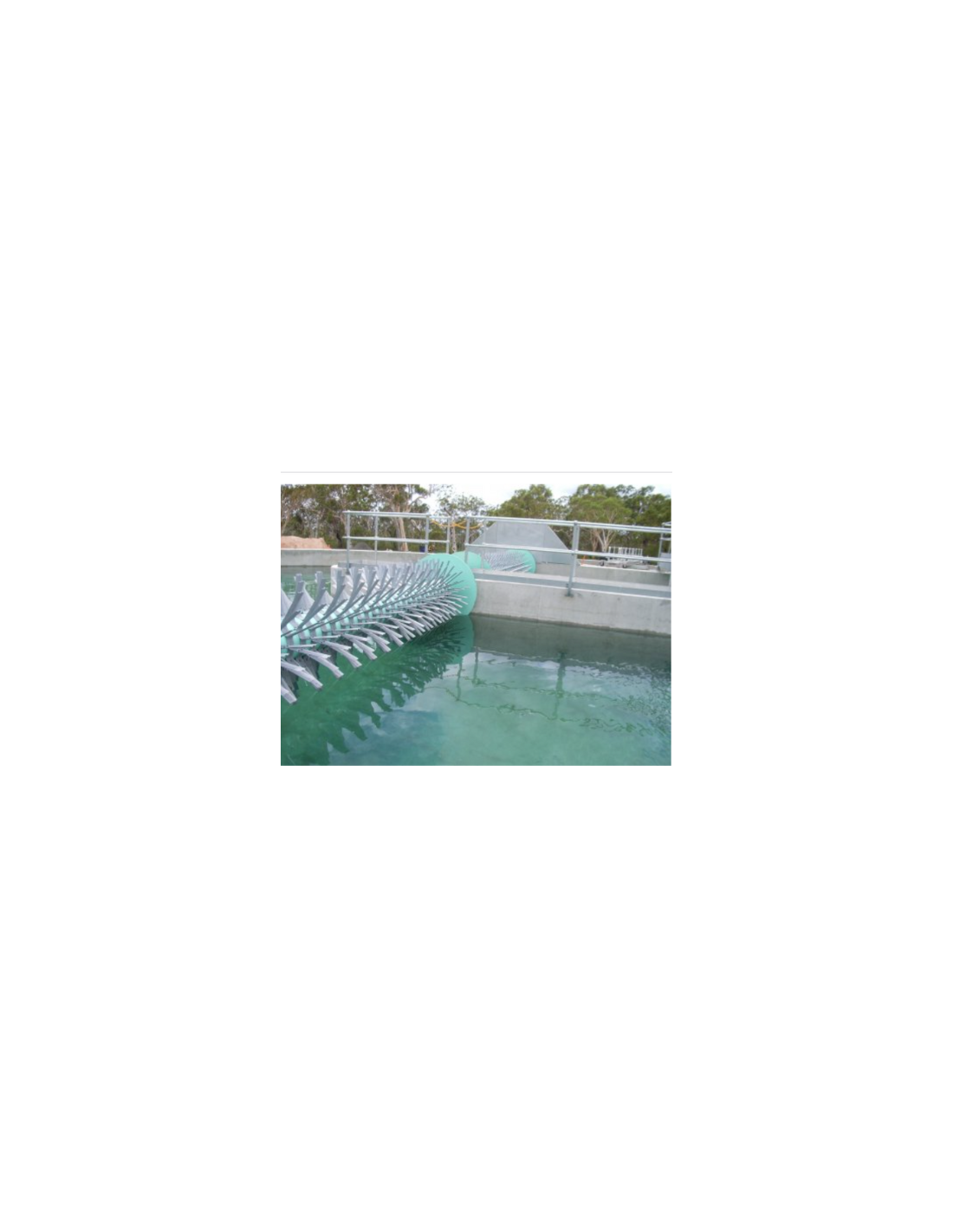


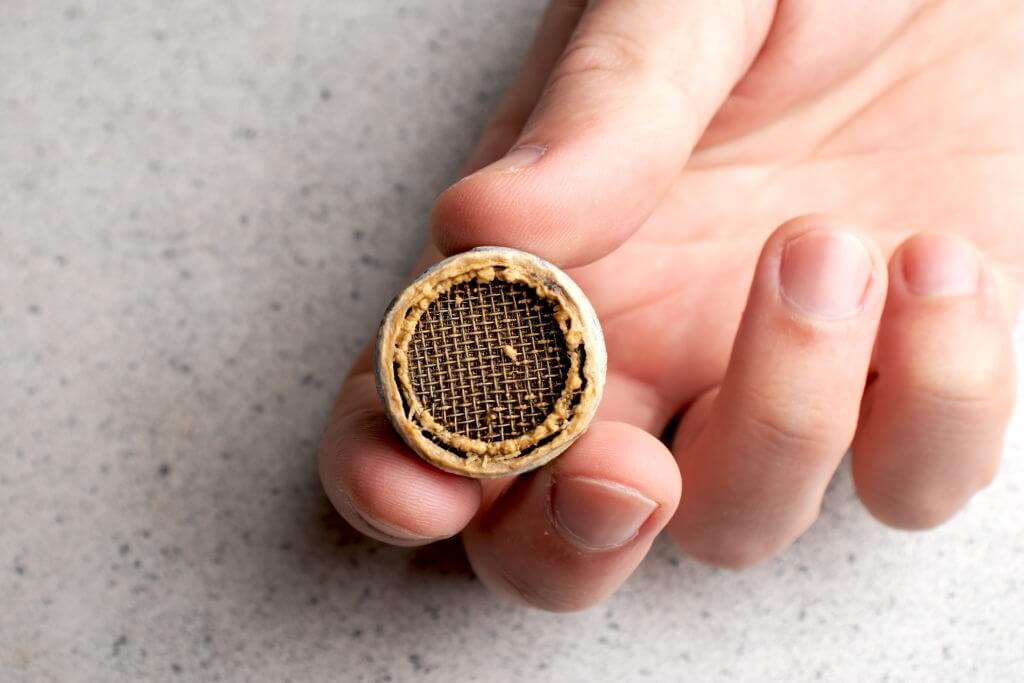

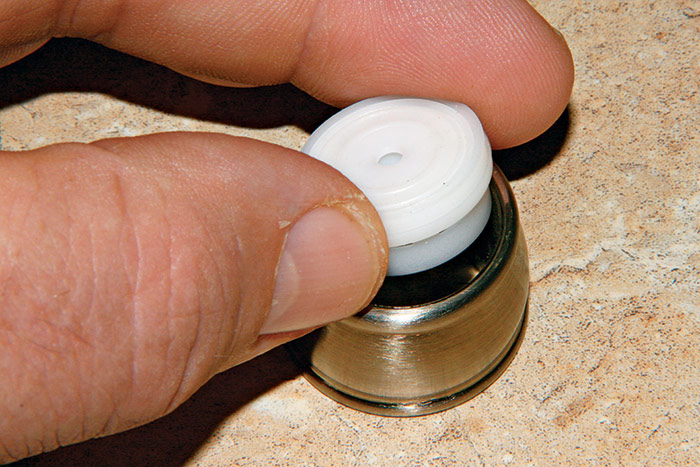
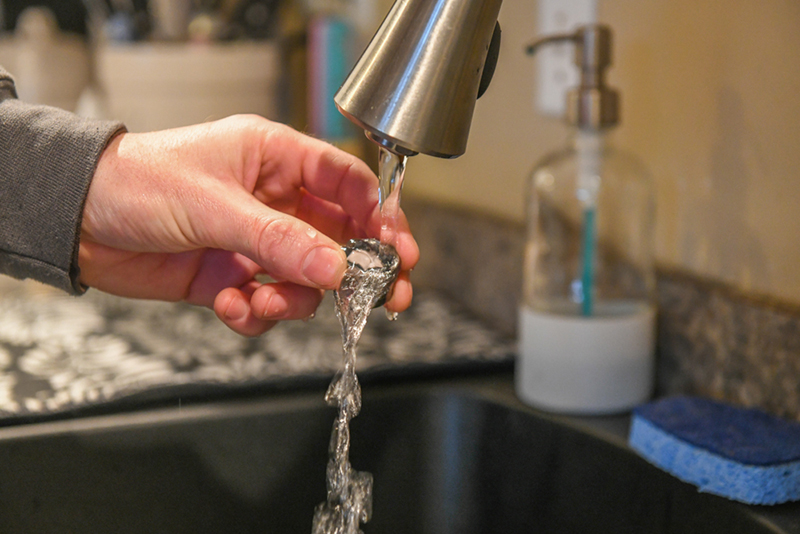
:max_bytes(150000):strip_icc()/clearing-a-blocked-faucet-aerator-2718807-07-b5a90554991f4bb69efb45a472df7f23.jpg)


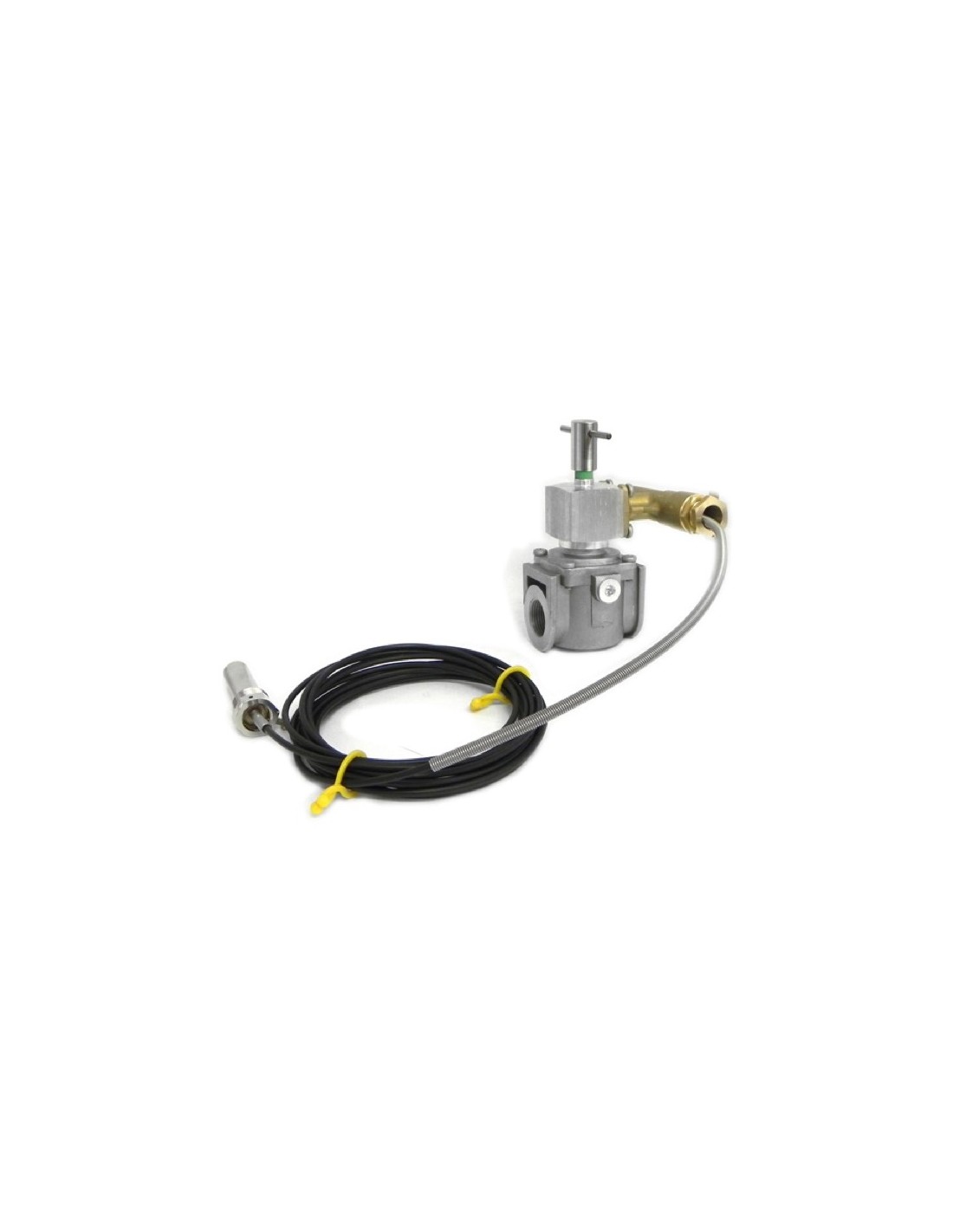
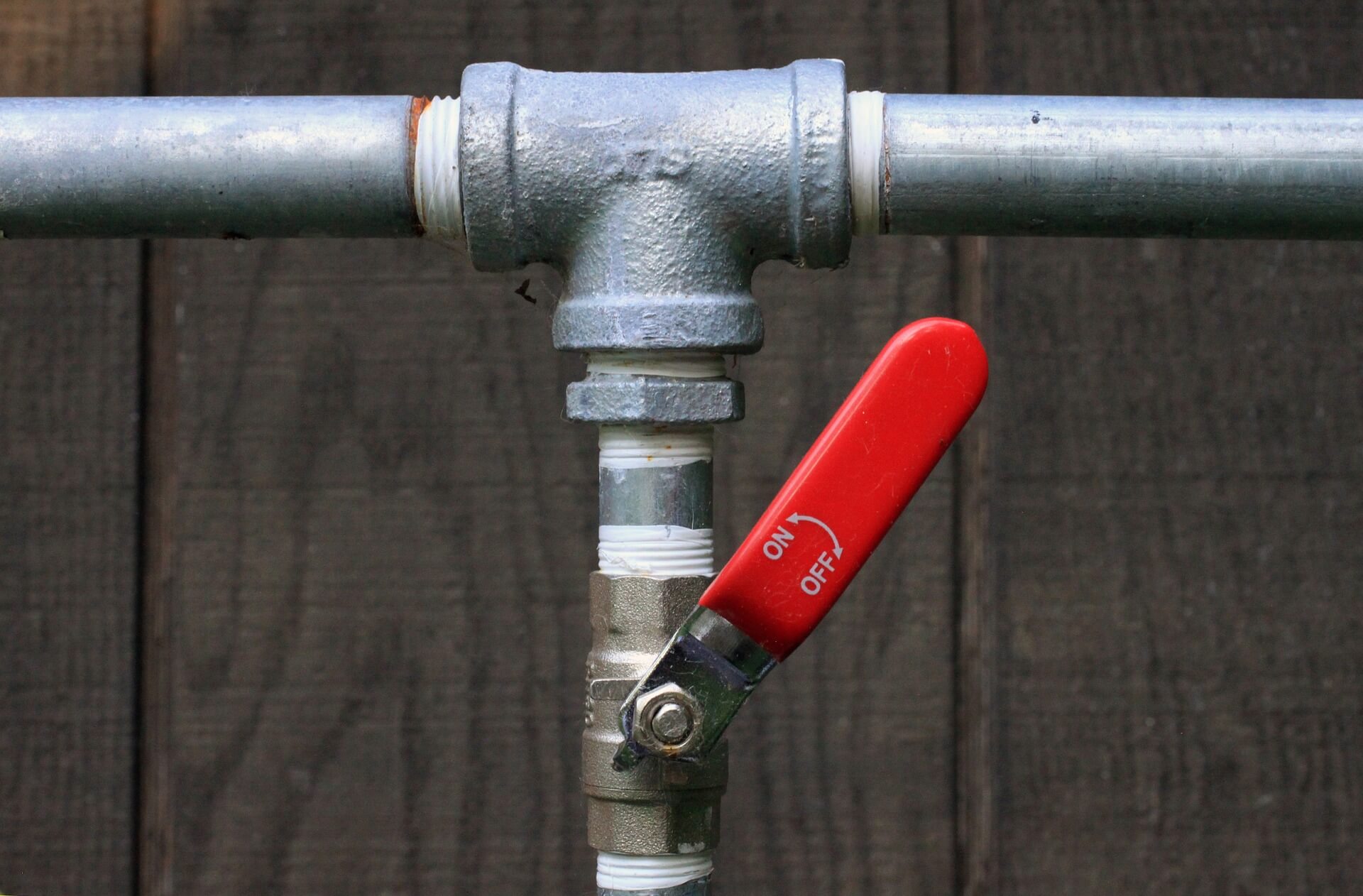


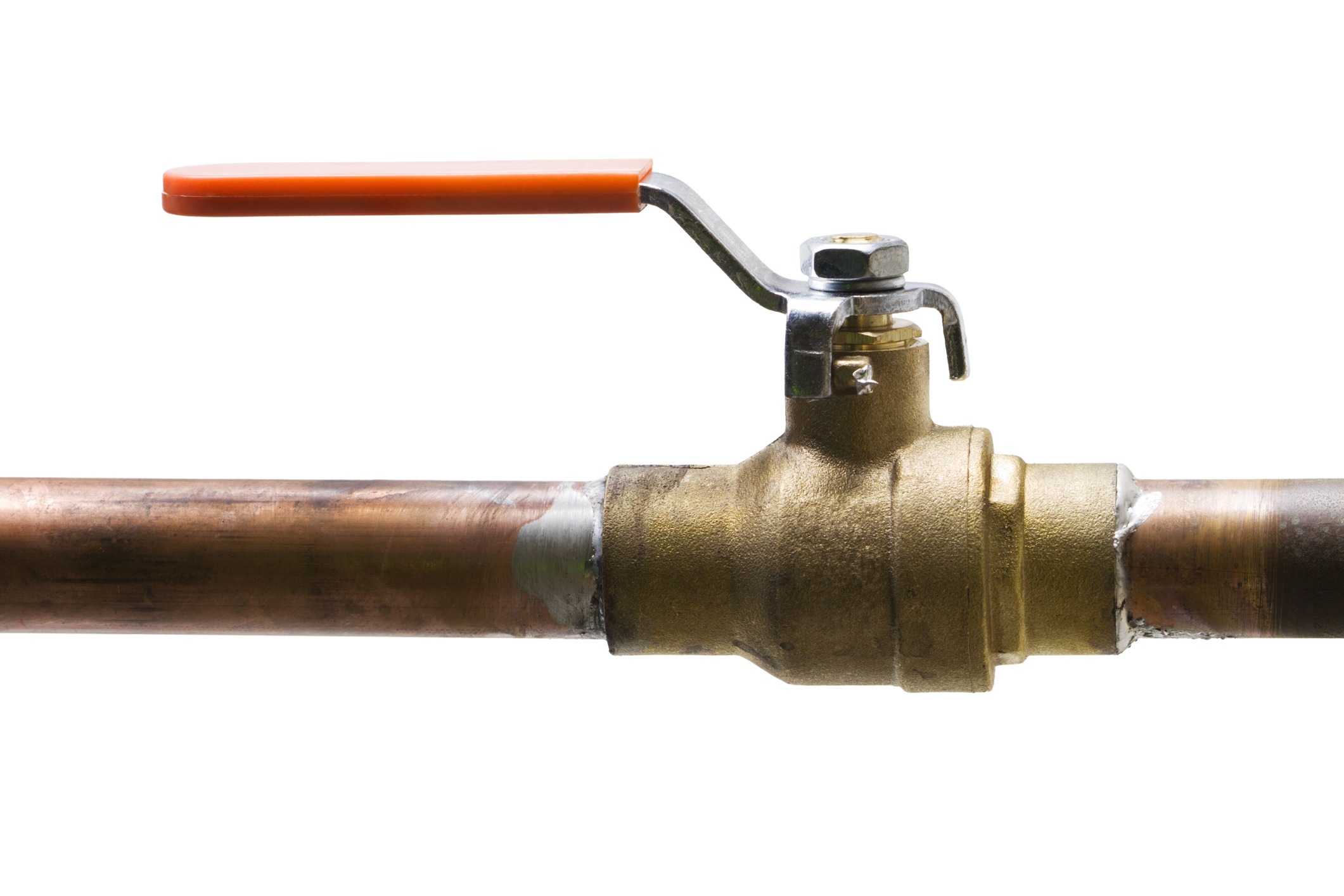

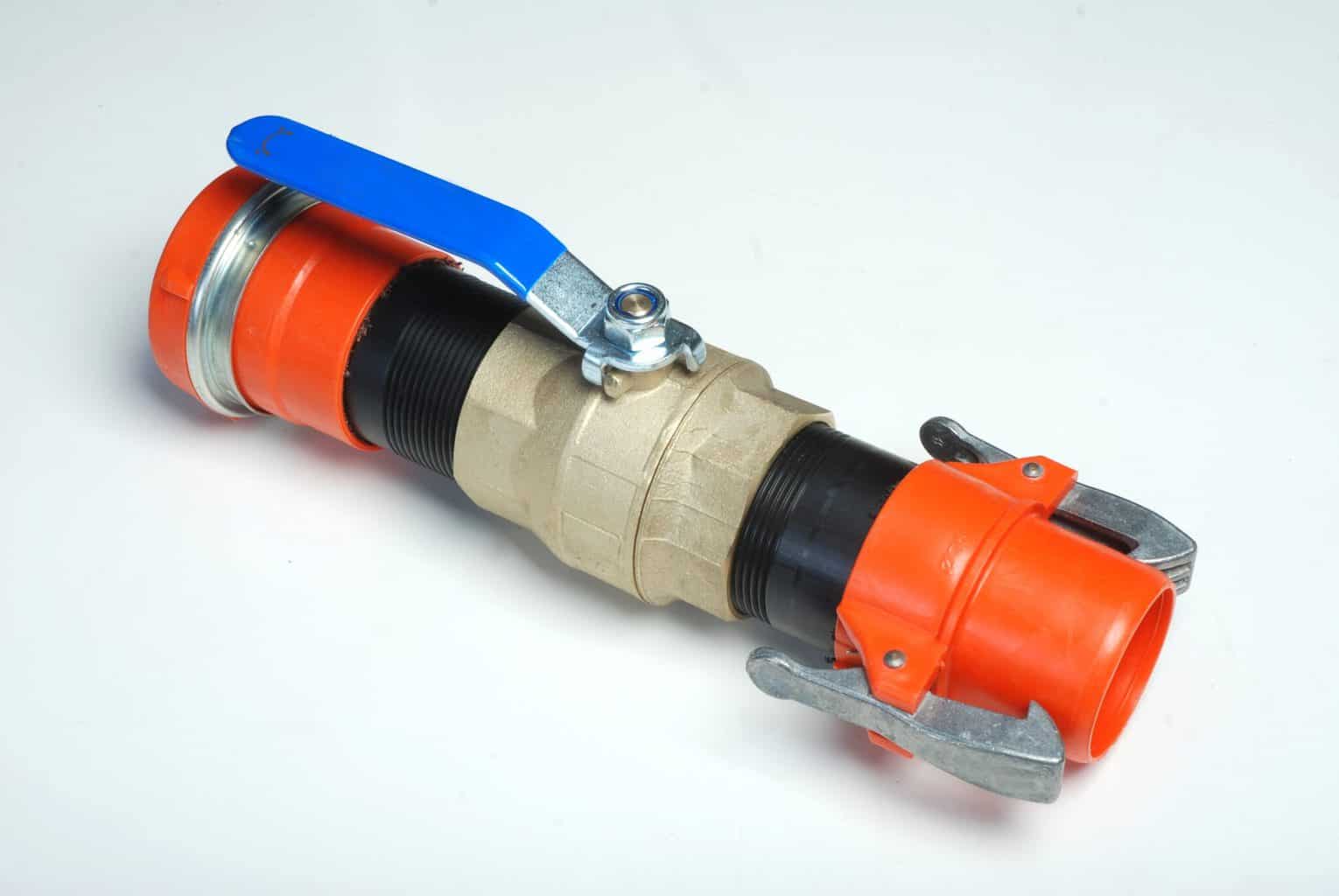



:max_bytes(150000):strip_icc()/GettyImages-1057621140-78ab2e946841421d9a7efeebe02935d2.jpg)








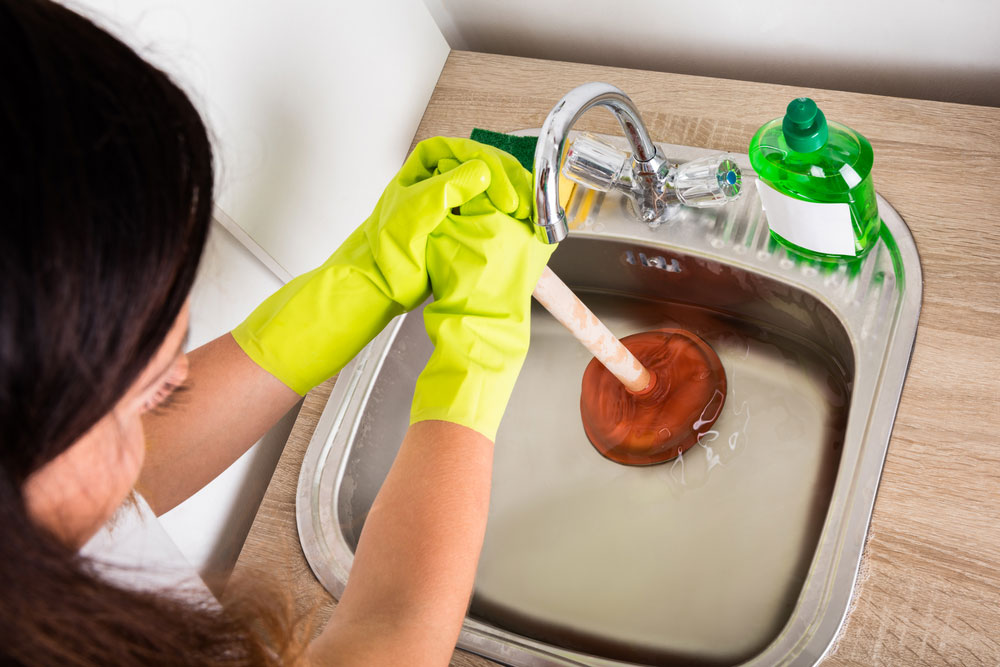


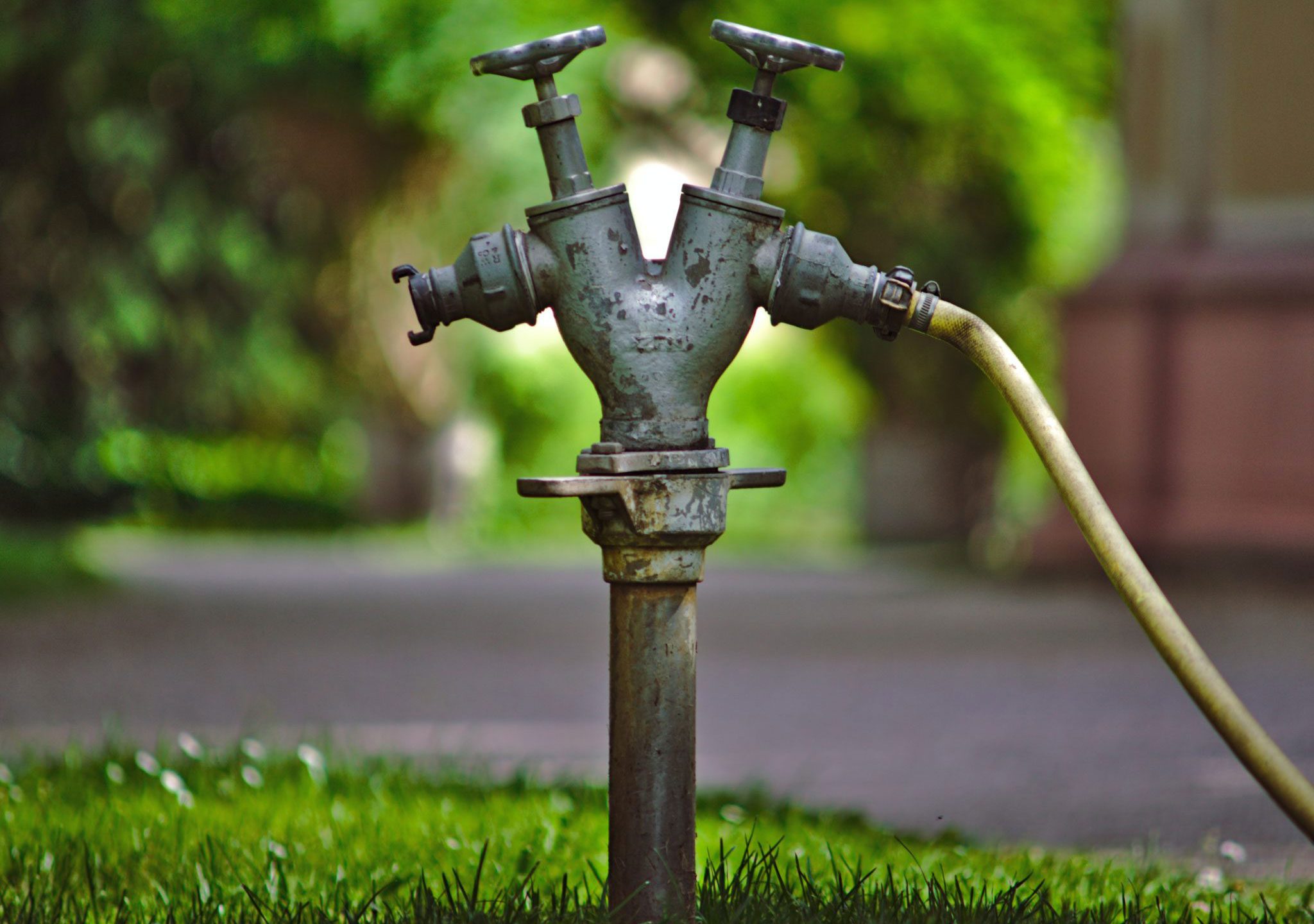
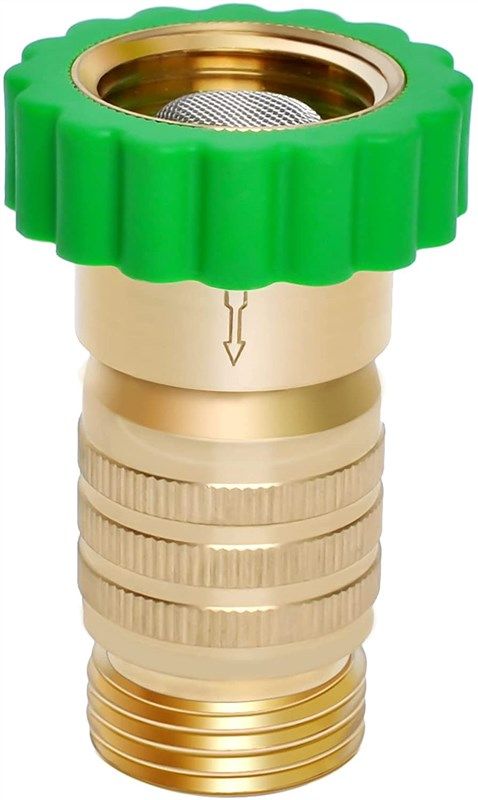
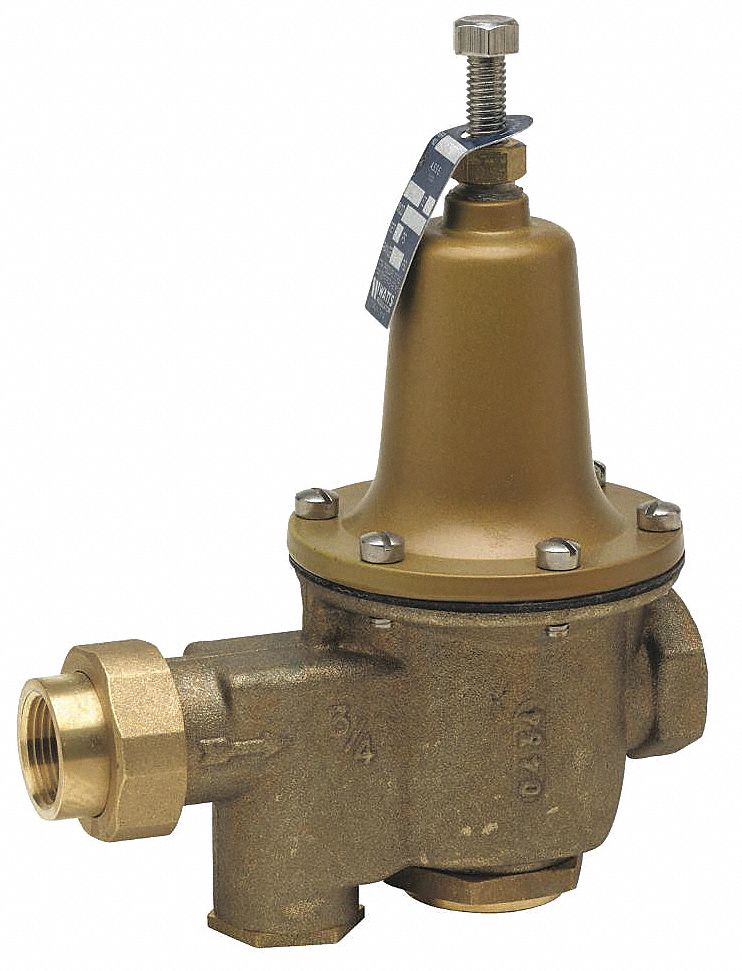
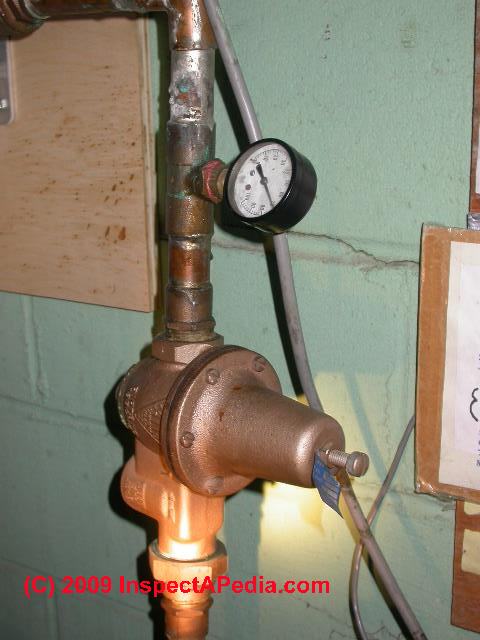

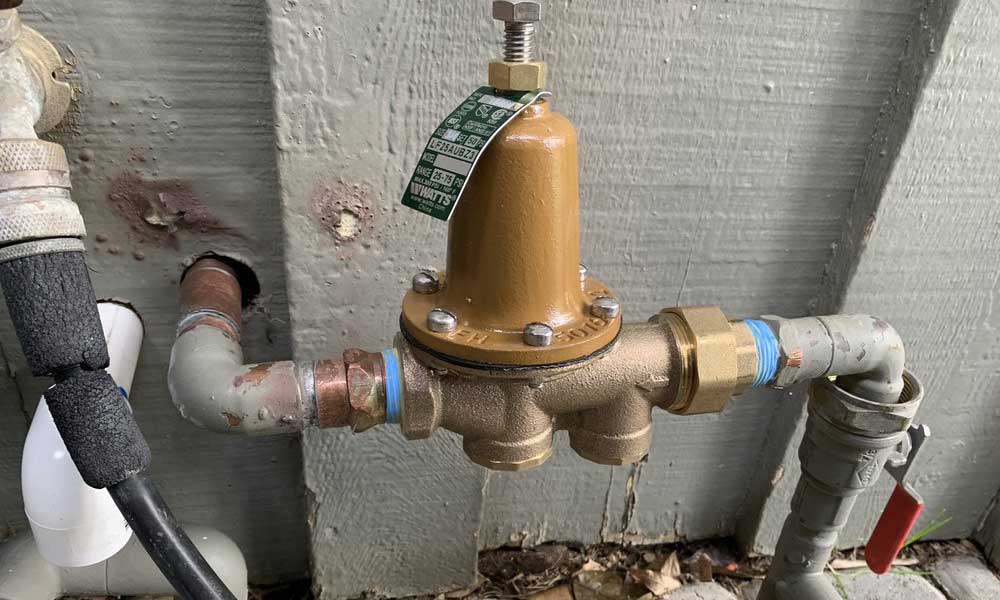


:max_bytes(150000):strip_icc()/testing-water-pressure-in-your-home-2718692-hero-98f45508ca5d44b6b551034ac5cedab5.jpg)
:max_bytes(150000):strip_icc()/the-men-s-hand-opens-the-ball-valve-on-the-collector-1006810456-5c5fc73fc9e77c000159c4af.jpg)

